Cheapest Private Budget Tour To Turkmenistan
Why Travel to Turkmenistan
As the rest of Central Asia slowly opens the floodgates to international tourism, only one country seems deadset in its ways of maintaining the iron curtain leftover from the days of the Soviet Union. Turkmenistan, while holding fast to their stance on neutrality, has essentially shut itself off from the world.
As backpackers and tour groups alike begin exploring the corners of the newly opened-up country of Uzbekistan, they will meet a roadblock as soon as they reach the border of Turkmenistan.
This highly secretive country is home to even more gems of the bygone Silk Road. Ancient cities, mystic religions, and a rich history stretching back thousands of years is more than enough to have the more adventurous travelers planning on just how to make it over the border.
Want to explore more of Central Asia? Be sure to travel to Khiva!
How to Travel to Turkmenistan
As you start diving deep into the visa policies of Turkmenistan, you will probably end up closing your laptop in defeat. This “Hermit Kingdom of Central Asia” has some of the strictest visa policies in the whole world. The only two ways to visit Turkmenistan is with a transit visa or on a tour.
The transit visa is typically only valid for 5-days and has an over 50% rejection rate. For Americans or British travelers, this is hardly an option due to the most common route for obtaining a transit visa is going from Iran to Uzbekistan. It is possible to get a transit visa from Baku to Uzbekistan via Turkmenistan, but it will be difficult to ensure that your visa will be approved.
Going to be in Uzbekistan? Be sure not to miss Bukhara!
Traveling to Turkmenistan With Anur Tours
If you are low on options or just want a guarantee that you are going to be stepping foot in Turkmenistan, you will have to book a tour. As a solo backpacker, you may find it difficult to assemble an entourage of like-minded travelers willing to splurge on a group tour to Turkmenistan.
Even when you decide to bite the bullet and throw down some dough on a private tour, some tour agencies will state that they have never been able to get a tourist visa approved for single male travelers. After sending out slews of emails, Anur Tours will be one of the only tour agencies able to secure you that visa and have you exploring the sands of Turkmenistan in no time.
As a budget backpacker and one who prefers to travel overland rather than flying, you may find that crossing the borders with Uzbekistan to Turkmenistan is the perfect way to both save some cash and add a sense of adventure. Making a big “U”, this itinerary will take you over the border from Khiva to Turkmenistan and back up to Bukhara via Merv.
Wondering if it’s worth the cost to travel to Turkmenistan? You can read more here!
Day One
Crossing From Uzbekistan: Shavat-Dashoguz Border Crossing
While the tour may start on the Turkmenistan side of the border, you will still have to find your own way to the border town of Shavat. The best way to avoid getting ripped off is to have your hotel or hostel in Khiva arrange a car for you. Typically, the taxi shouldn’t cost more than 15 USD.
There is also a mandatory shuttle taking you through no-mans-land costing 1 USD.
Travelers crossing the border into Turkmenistan are sure to have heard reports of people being detained due to religious paraphernalia, explicit photos, or anything the border officials may deem sensitive. Despite the many rumors of drones being smashed with hammers and tourists being detained for hours, the process is actually quite smooth.
When arriving at the border you will have to present your Letter of Invitation (LOI) along with 55 USD for the visa and an extra 4 USD for a border crossing fee. Surprisingly, when the cashier did not return the right amount of change, the officer in charge was quick to call her out and demand the right amount of money to be handed over.
Regardless of what you may hear, as long as you have all your ducks in a row, the Turkmen border guards will be efficient and friendly as you cross the border into Turkmenistan.
Be sure not to miss the poster child of Central Asia: Samarkand!
Dashoguz
After exchanging greetings with your tour guide and driver, there will be not a minute to waste on your four-day itinerary in Turkmenistan. The closest place with both historical and religious significance is the Mausoleum of Nadzhimetdin Kubra.
This Sufi leader, Kubra, with several hundred pupils, tried their best to defend their city against a Mongol invasion. During the battle, Kubra was beheaded and the defense succumbed to the Mongol hoards. On the site of the battlefield, several mausoleums and memorial were erected in honor of the religious warriors.
Today, the mausoleum is a popular Sufi pilgrimage site, attracting whispy bearded older men and young hijab-clad girls alike. The complex is small, but when first stepping into a new country you are sure to be wowed by even the smallest pebble.
While you may be busy taking pictures of local worshippers and the sun-baked architecture, the local tourism board may even snap a few photos of you to use both in the news and advertise their historical site to the world.
If you are in Tajikistan you are sure to be riding along the fabled Pamir Highway, read more here!
Kunya-Urgench
In many ways, Turkmenistan is a country which has never truly recovered from the Mongol invasion centuries ago. The entire country is a graveyard of massive glistening cities which were once the center for science, poetry, and art.
Kunya-Urgench (which simply translates to Old Urgench) is a barren stretch of desert where only a few mausoleums and a single minaret stand. Despite the city being practically flattened, what remains gives a glimpse into the golden age of Islam.
The single minaret towering up from the wasteland can almost be mistaken as a massive chimney. The Kutlug-Timur Minaret, while it may look like it could topple over at any minute, is actually the tallest minaret in all of Central Asia. Due to its rather rickety nature, one can only stand at its base gazing up at this centuries-old Burj-Khalifa.
Like many of the other sites around Turkmenistan, the ruins are regarded by locals as a place of prayer and worship. Even local Turkmens are misled, however. There are mausoleums, such as the Tyurabek-khanym, which were built for no other purpose other than for an architect to show off his prowess. Despite there being no remains, local Sufi Muslims can still be seen praying to some nonexistent soul.
Wanting more ruins and ancient architecture? Visit the Burana Minaret in Kyrgyzstan!
Darvaza Crater
If you have never heard anything else about Turkmenistan, you are sure to have at least seen pictures of the famous Gates of Hell. More commonly known as the Darvaza Gas Crater, this pit of fire can be found out in the bosom of the Karakom Desert.
During the time that Turkmenistan was a Soviet Republic, the Russians built a platform to extract the country’s most plentiful resource: natural gas. Unfortunately, the platform collapsed and exposed a sinkhole releasing toxic chemicals into the air. In order to prevent the spread of the poisonous gas, the pit was set afire and has continued burning since 1971.
Today there are several yurt camps affiliated with various tour organizations around the Darvaza Gas Crater. The accommodations range from simple tents to more luxurious bungalows. Regardless of how you choose to spend the night, seeing the glowing red flames in the dark is a one-of-a-kind experience.
You can read more on my experience to Turkmenistan’s Darwaza Gas Crater here!
Day Two
Altyn Asyr Bazaar
When traveling, everyone is in search of different things. Some want to surround themselves with mountain peaks and dense forests while others would rather confine themselves to museums or explore centuries-old ruins. Another type of traveler is the kind which prefers to see local people embodying their traditional culture in their daily lives.
While you can enter a museum or hike through a national park, experiencing local customs is far more difficult. On one hand, people may feel like you are being invasive and on the other, there may be no reason for locals to drape themselves in traditional garb and sing folk songs.
The best time to experience local culture is during a festival or holiday, but if you are unable to plan your trip to coincide with one of these events a local bazaar will have to do.
In Turkmenistan, Altyn Asyr Bazaar (Tolkuchka) is the largest in the country. Here you can find a livestock market and endless stalls selling anything from vegetables to clothing.
Unlike some of the more lively livestock markets around the world, there is a lot of people simply standing around making idle small talk. If you are a tourist with a camera, there have been reports of local guards escorting photographers off the premises.
Traveling by train from Aktau, Kazakhstan to Nukus, Uzbekistan? Read more on how to do it here!
Ertugrul Gazi Mosque
Just like any trip to a traditional Muslim country, your journey is sure to be filled with gorgeous mosques and Islamic madrasas. One of the two most famous mosques in Ashgabat is the Ertugrul Gazi Mosque.
Built-in honor of Osman I, the founder of the Ottoman Empire, this mosque stands as a monument solidifying the brotherhood between Turkmenistan and Turkey. Ever since the fall of the Soviet Union, Turkmenistan has made every effort to revive a culture which has been suppressed for over a century.
Abandoning the use of Cyrillic writing and adopting the Turkish alphabet was just one of the many changes made after the flag bearing the hammer and sickle was finally lowered.
The Erugrul Gazi Mosque is a place which echos imagery of Istanbul’s Blue Mosque. Regardless if you have visited Turkey or not, Ashgabat’s own rendition of the mosque is still sure to have your nose pointed up at the ceiling in awe.
When in Central Asia don’t miss out on the chance to see Kok-Boru, a traditional nomadic sport!
Checking Into Ashgabat
As a tourist, you are going to be sleeping in some of the most bizarre architecture which makes up the eerie yet fascinating ambiance which Ashgabat has created.
Typically you will be given the choice of staying in either the Bagt Koshgi or Yyldyz Hotel while on a tour in Turkmenistan. These are by far some of the most expensive hotels in Ashgabat. Of course, the National Tourism Board is going to want to milk you for every dime you are worth.
Despite the price, staying in these hotels is still an experience you won’t want to pass up. Regardless if it is in the pilot light shaped hotel or the enclosed globe in a cube, this is all part of the whimsical Ashgabat experience.
Want to truly be adventurous and travel to Afghanistan? Read about how to get a visa here!
Ashgabat City Tour
If anything is going to go wrong doing your tour, it is going to be here. Ashgabat is a place with a million and one rules and the government has eyes watching everywhere. From your car being dirty to looking a bit too long at the presidential palace, local police are almost searching for a reason to scoop you up and take you to the station.
Despite the fact that you have big brother breathing down your neck, Ashgabat’s beauty can be found in its uniform marble architecture with splashes of golden monuments. While being led by the nose through the massive parks adorned with heroic statures, you will find a certain lack of people.
The wide streets and towering buildings further exaggerate the feeling of being the last person on earth while exploring the city of Ashgabat. Be it the glimmering monuments or the rush of feeling like the secret police are behind every corner, Turkmenistan’s capital is a city which you are sure to never forget.
Want more information on staying safe in Ashgabat? Read my complete safety guide here!
Day Three
Nissa
On the outskirts of the marble city, tourists will be led to the ruins of Nissa. Nissa is a city with a history stretching back all the way to the third century BC. After hundreds of years of prosperity and decline, the ancient city was finally decimated by the Mongols. The town was left in a state of ruin until the present day.
Now, parts of the city have been rebuilt to provide a glimpse at what the city may have looked like thousands of years ago. While walking along the city walls and entering the rebuilt throne rooms are interesting in their own way, Nissa lacks any real soul which can be appreciated by casual history enthusiasts.
Looking for more to do in Kyrgyzstan? Why not visit during Independence Day?
Halk Hakydasy Memorial
With large stretches of desert and a controlled population, Ashgabat has loads of free space to erect massive mosques and hollowing monuments. Halk Hakydasy is not a single memorial, but a complex remembering various disasters and conflicts which beset the Turkmen people.
At the Halk Hakydasy, also known as the People’s Memorial Complex, you will find statues built in memory of the victims of the 1948 Earthquake, to those killed during World War II, and a final monument built in honor of those who died in all other wars.
Traveling up to Kyrgyzstan? See what Kyrchyn Village is all about here!
Turkmenbashi Mosque
One of the most controversial and unique places on your tour to Ashgabat is going to be the Turkmenbashi Mosque and Mausoleum. With the last daying breath of cult personality Niyazov, he had a massive marble and golden mosque built in his honor by his home town, and that is just the tip of the iceberg.
What angers many Muslims throughout the world is that Niyazov inscribed verses from his own book in the interior of the mosque, a place which should be reserved for the name of Allah. For a man that renamed months of the year after his family members, this move shouldn’t come as too much of a shock.
Just lack much of the rest of Ashgabat, the Turkmenbashi Mosque embodies the eccentric and exaggerated nature of the rest of the city. With its military guards staring bullets at tourists and elaborate golden dome, this mosque was built to make sure you don’t forget the name Turkmenbashi.
While in Central Asia you don’t want to miss watching a game of Kok Boru, read more on this traditional sport here!
Day Four
Merv
The last day in Turkmenistan was a bit of a rush to the border. The tour guides even gave the impression that they were ready to dump off their tourist at the gates of Uzbekistan and head home. Sadly for them, there were still a few more things to check off the itinerary first.
After a morning flight and a short drive, the tour passed through the town of Mary. In Mary they have a far more vibrant market called the Zelyony Bazaar which puts anything Ashgabat offers to shame. Unfortunately, the colors and liveliness of the market went by in a flash as the jeep carted their passengers to yet another graveyard of empires.
Crossing the border to Ishkashim Afghanistan? Read more on my experience here!
Graveyard of Empires
Wasting away in the deserts surrounding Mary, the ancient Silk Road hub of Merv stands as a mere shadow of the splendor it once possessed. Which influence ranging from the Greeks to the Persians, this metropolis was a melting pot of cultures and architecture. Like the rest of the region, the magnificent city was no match for the relentless hoards of Mongols and was burnt to the ground. While it did experience a brief revival, Merv was ultimately left to rot under the desert sun.
The city consists of many walls attributed to different nations laying claim to the city as well as citadels. The only parts of Merv that still emit ounce of splendor, however, are the mausoleums of the dead. The tombs of Ahmed Sandzhar and Mohammed ibn-Zeid are the only places which still hang their heads high above the mass of ruins of the fallen city.
The World Nomad Games may be over, but here is some inspiration for the upcoming games!
Crossing to Uzbekistan: Farap-Alat Border Crossing
At the end of the tour, a few thanks and handshakes will be exchanged before you grab your bag and head to the Uzbekistan border. Much like crossing the border from Khiva to Dashoguz, the Farap-Alat crossing dispelled all myths of hours of being detained by immigration officers and excruciating background checks.
After a couple of stamps in the passport, you will find yourself on the Uzbek side of the border, looking to get a taxi into Bukhara. You can usually get a ride to Bukhara for around 100,000 som (12 USD) but be ready to haggle to the nail before you bring down the price that low.
You can see more Turkish culture in China! Look at traveling to Urumqi here!
What Did It Cost?
Looking for adventure or just wanting to check every “stan” off of the list? Turkmenistan is not an easy country to travel to by any stretch of the imagination. With securing transit visas almost being like winning the lottery and tours carrying a hefty price tag, many will look past Turkmenistan and head elsewhere on their trip along the Silk Road.
What you may want to ask yourself, however, is when will you ever have another opportunity to visit a country as isolated and secluded as Turkmenistan? Dubai is a place you are sure to pass through hundreds of times in your life. You typically only have one shot at exploring the ruins and marvels of Turkmenistan.
The lack of freedom is the biggest price to pay while traveling through Turkmenistan. Without hiring your own car, however, you could barely scratch the surface of all the beauty and history the country has to offer. Until Turkmenistan decides to follow the suit of its Central Asian neighbors, splurging on a tour is the only way you will get a chance to peek under the curtain at this secretive police state.

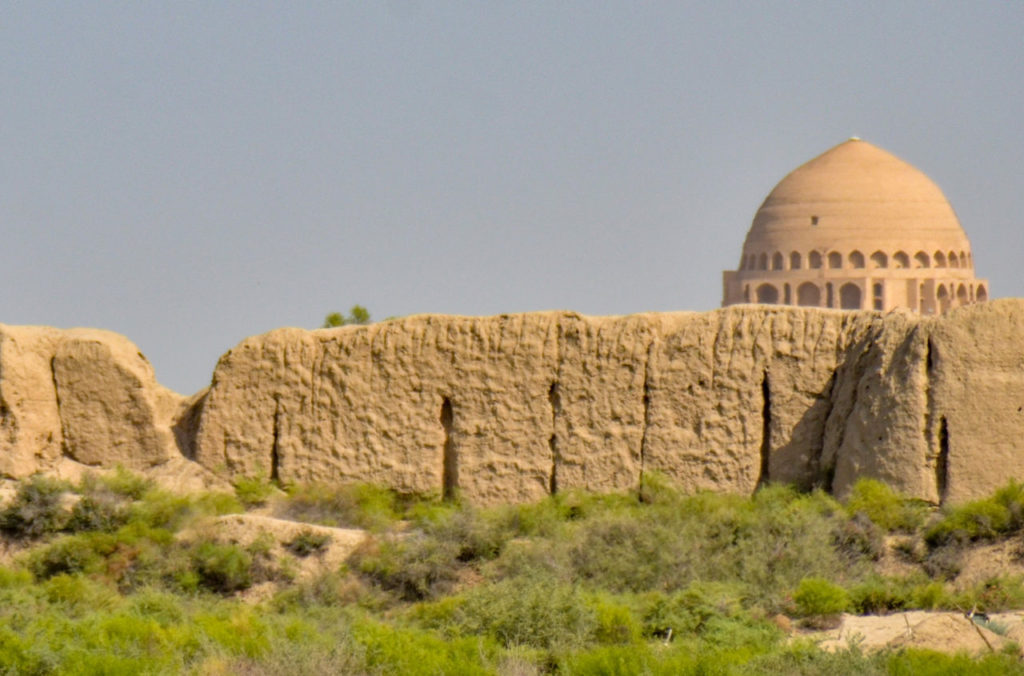
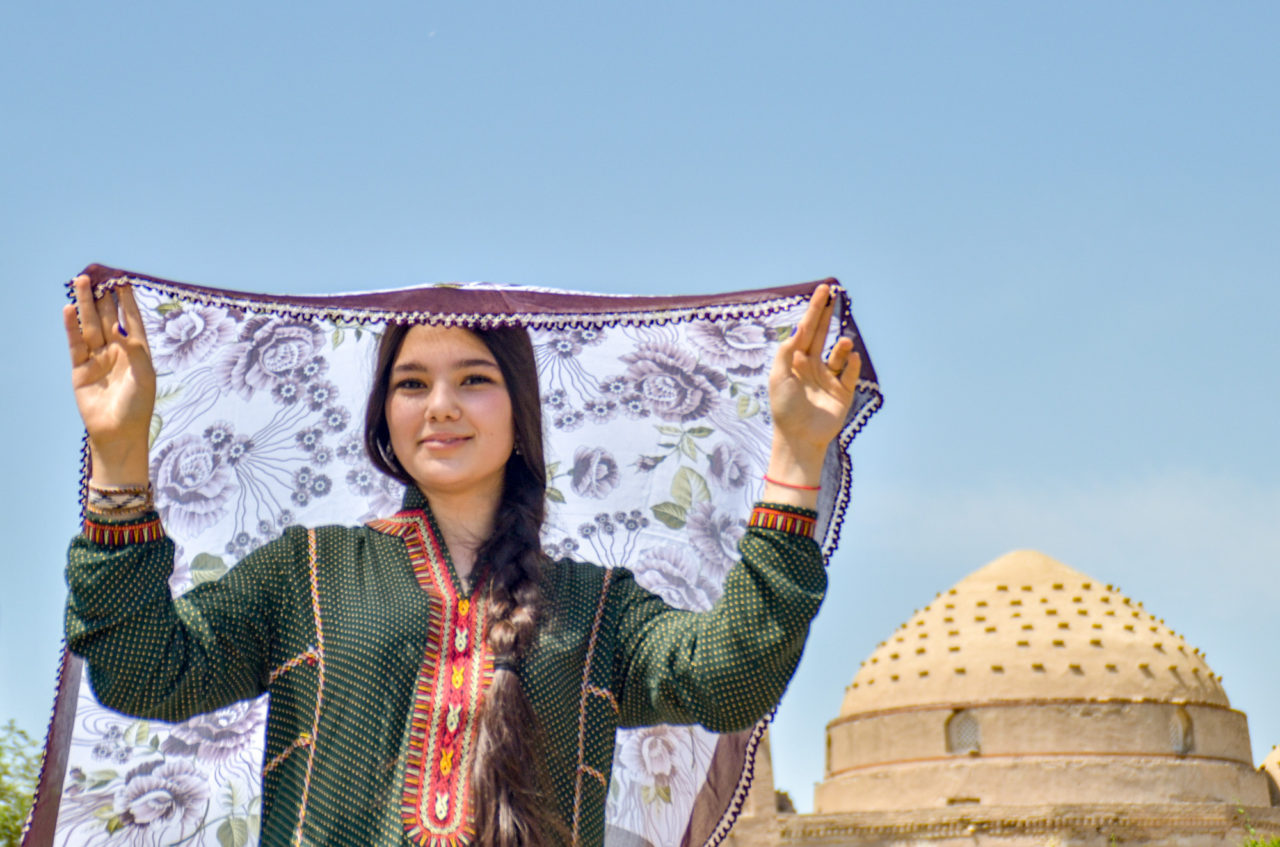
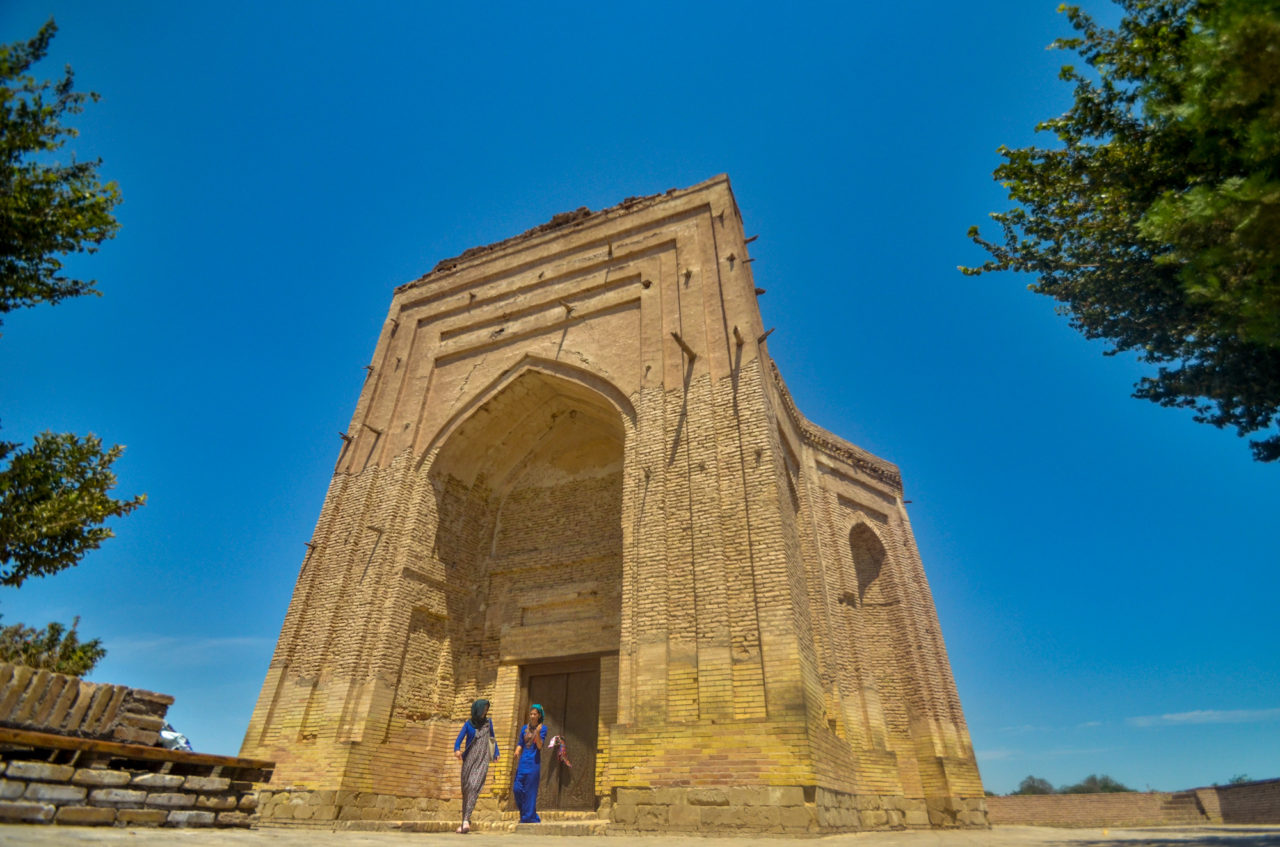
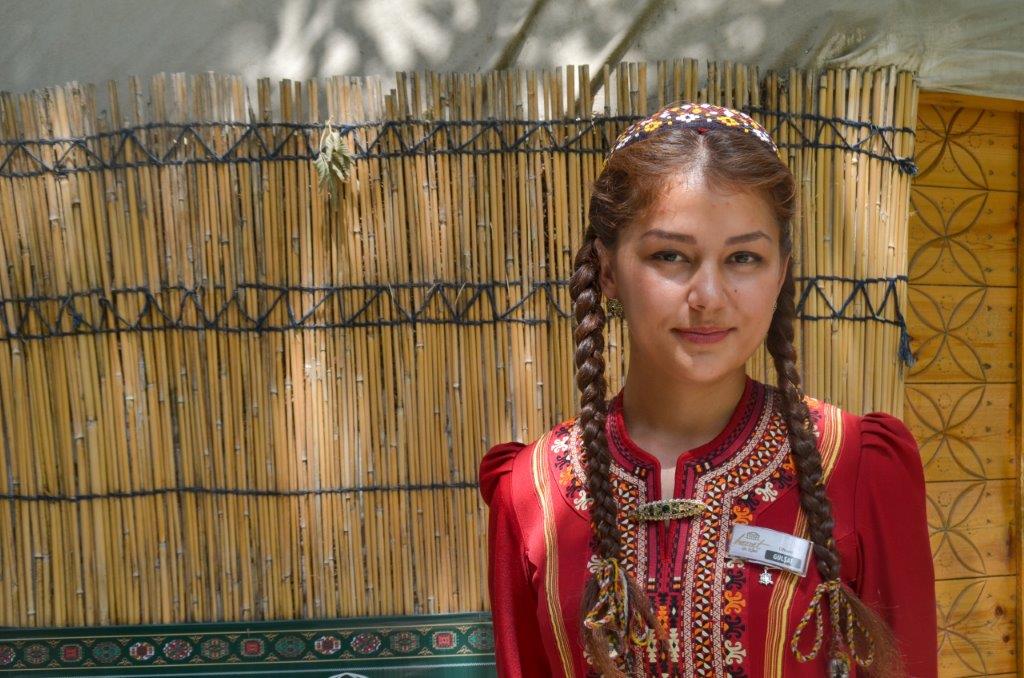
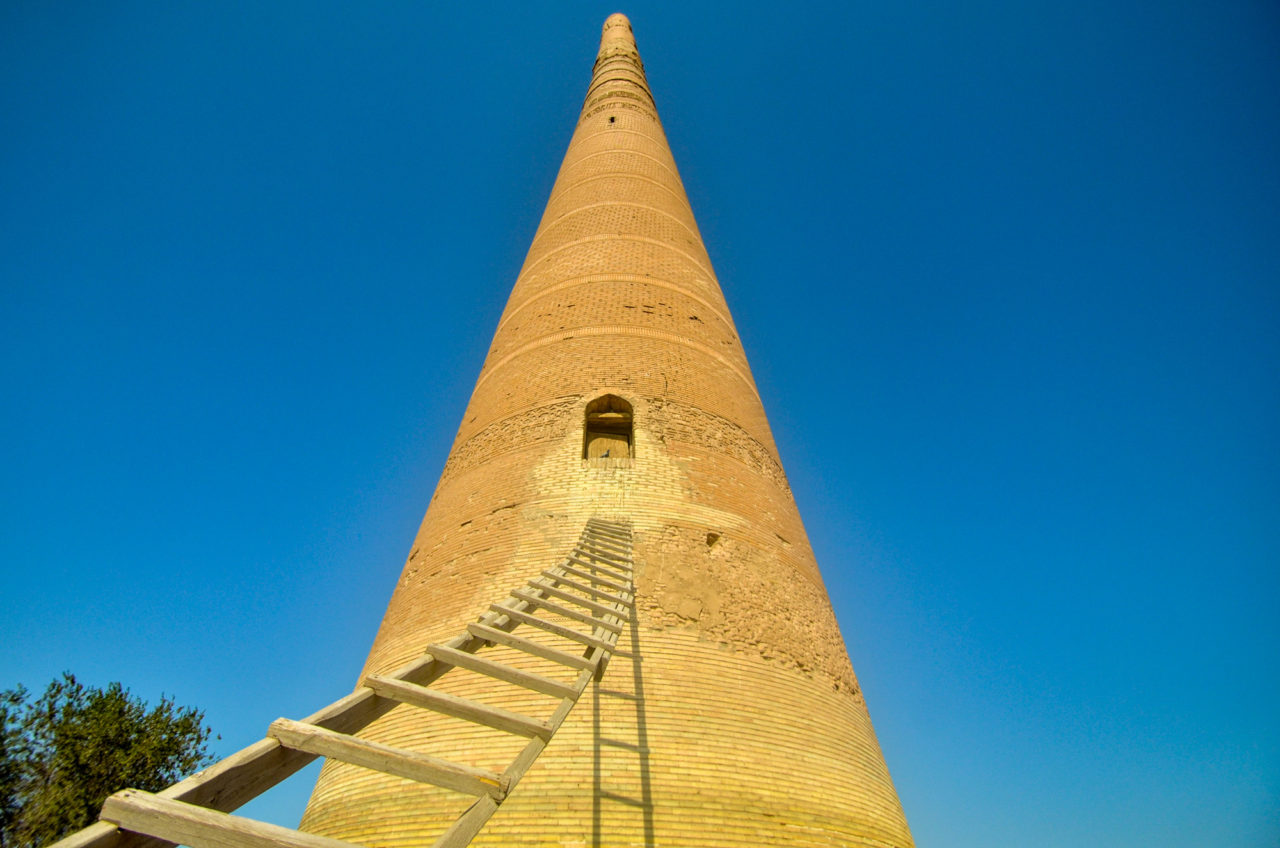
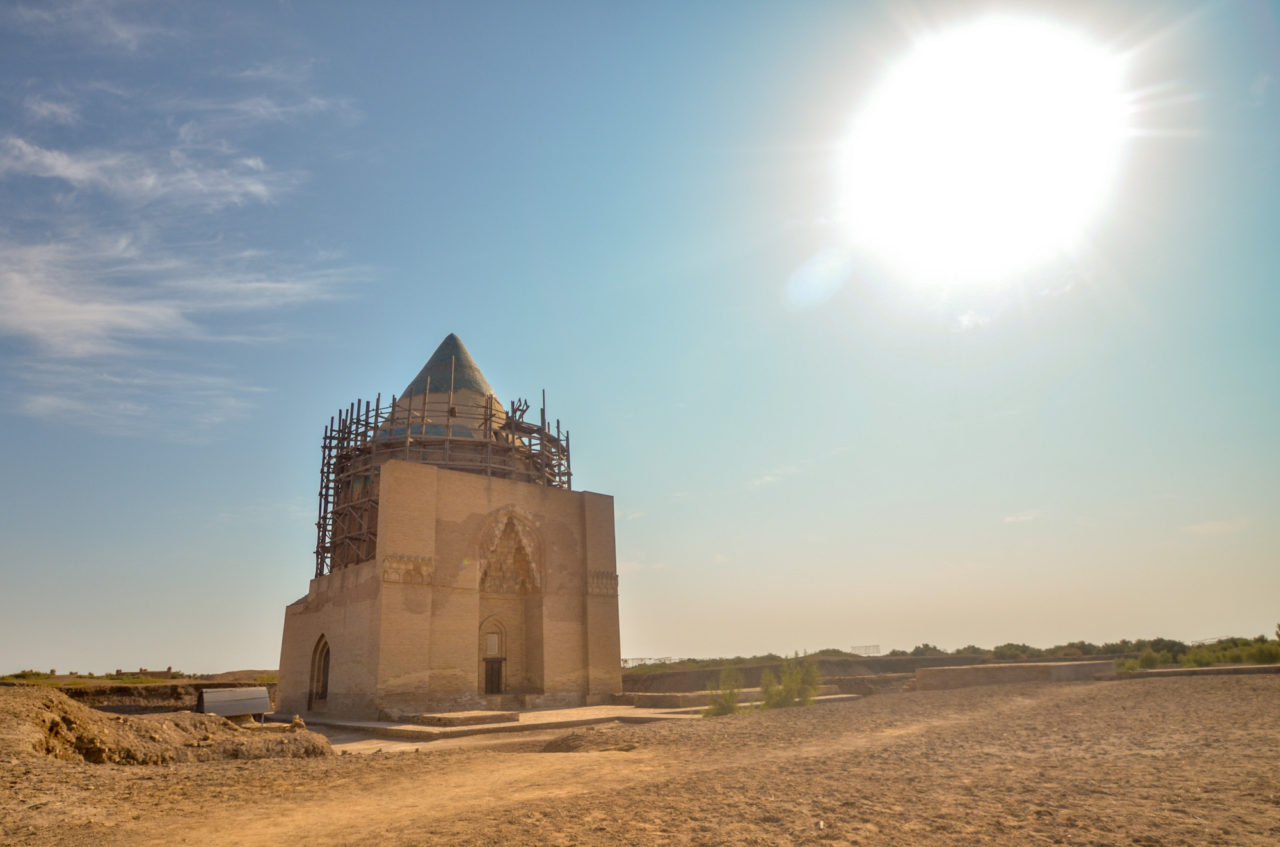

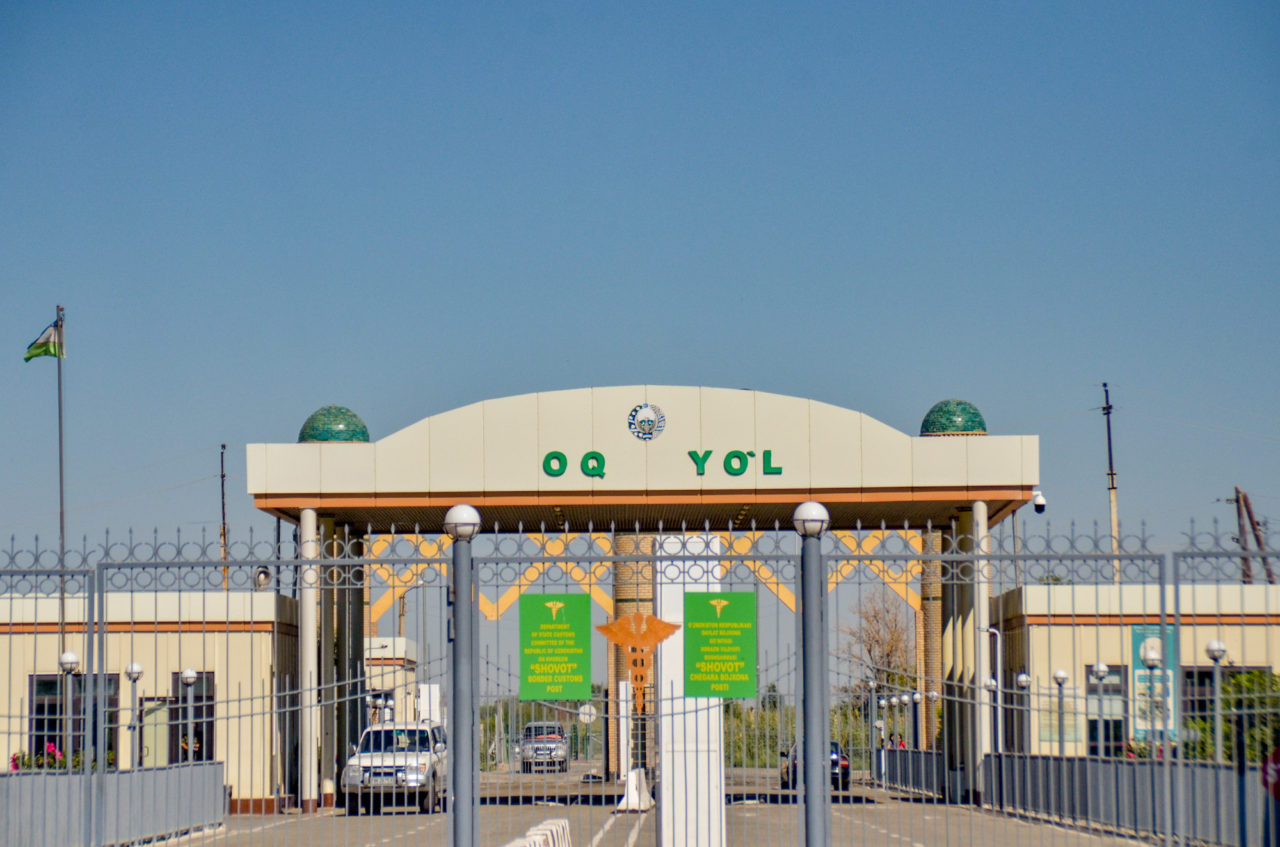
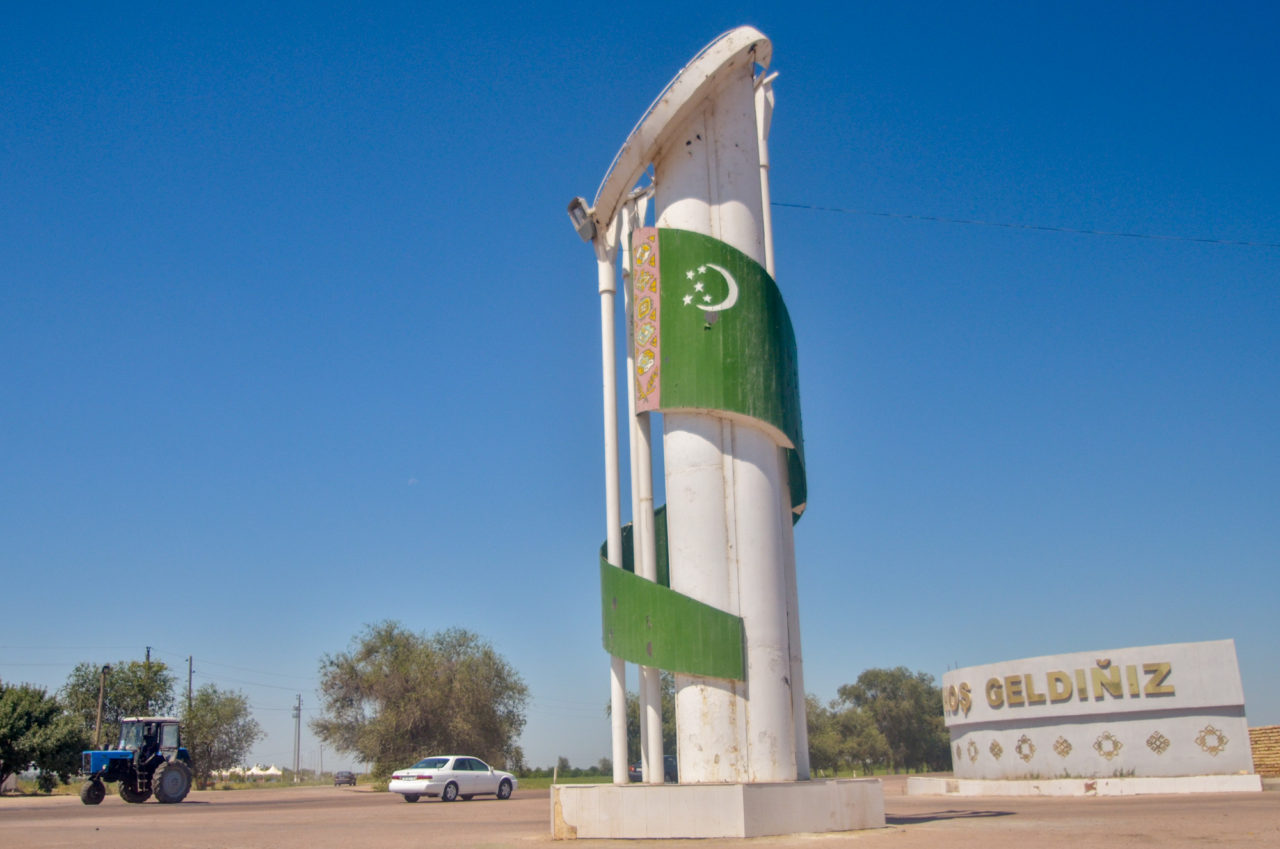
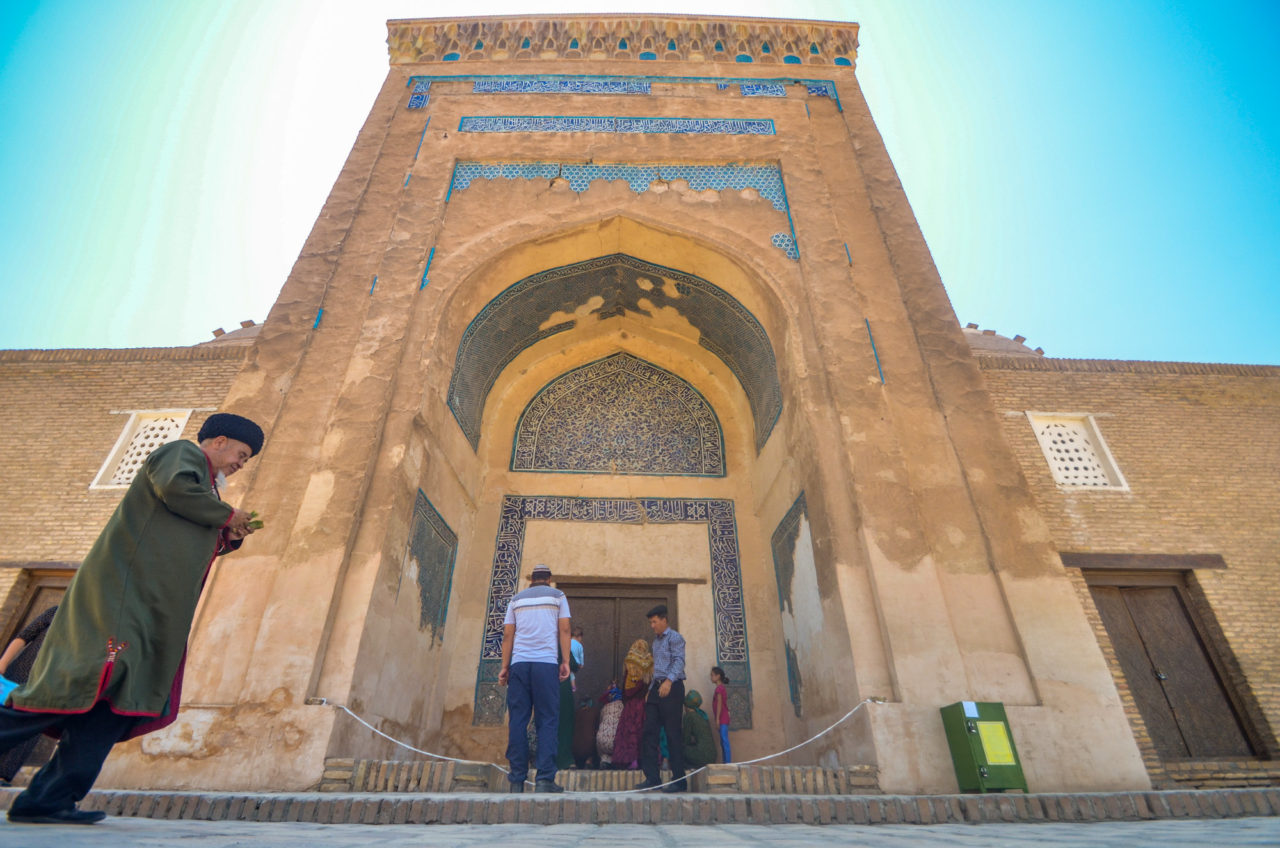
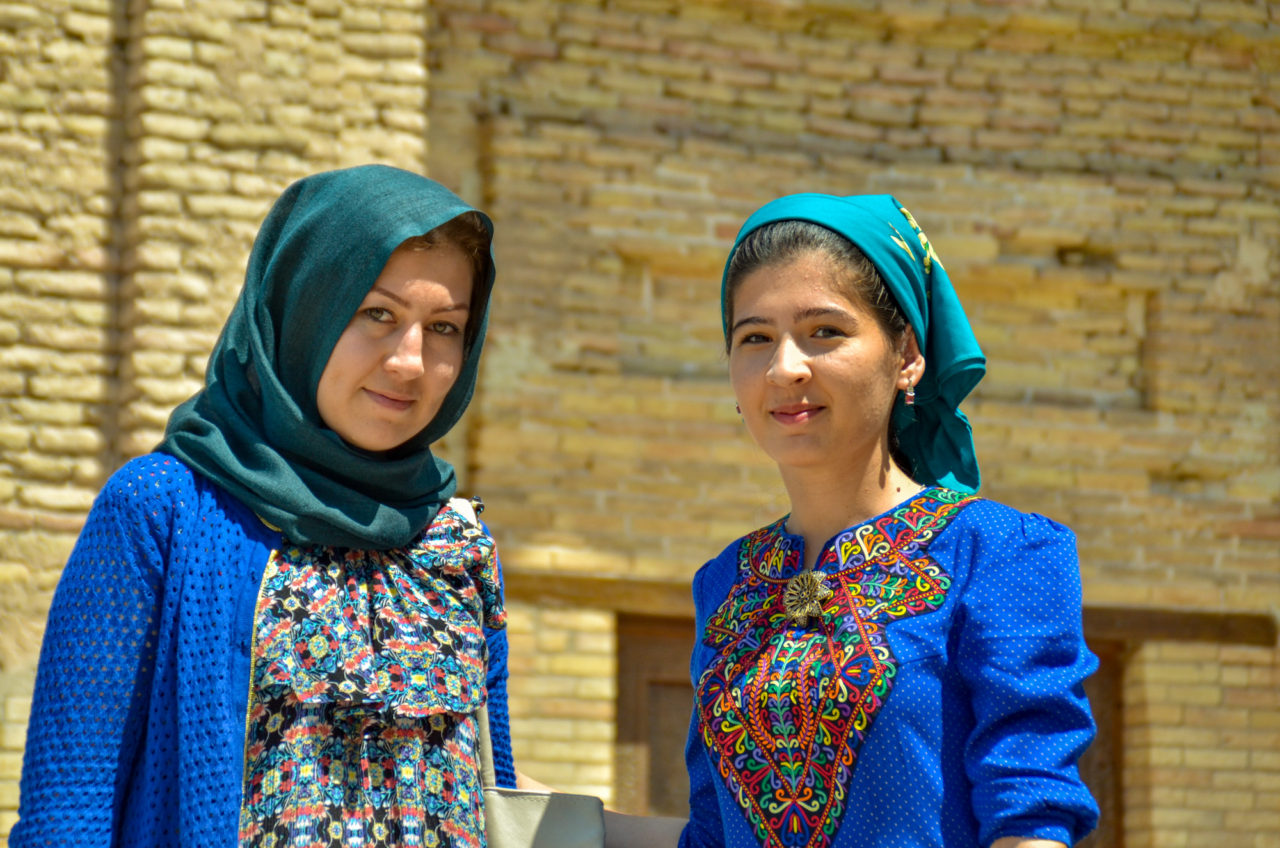
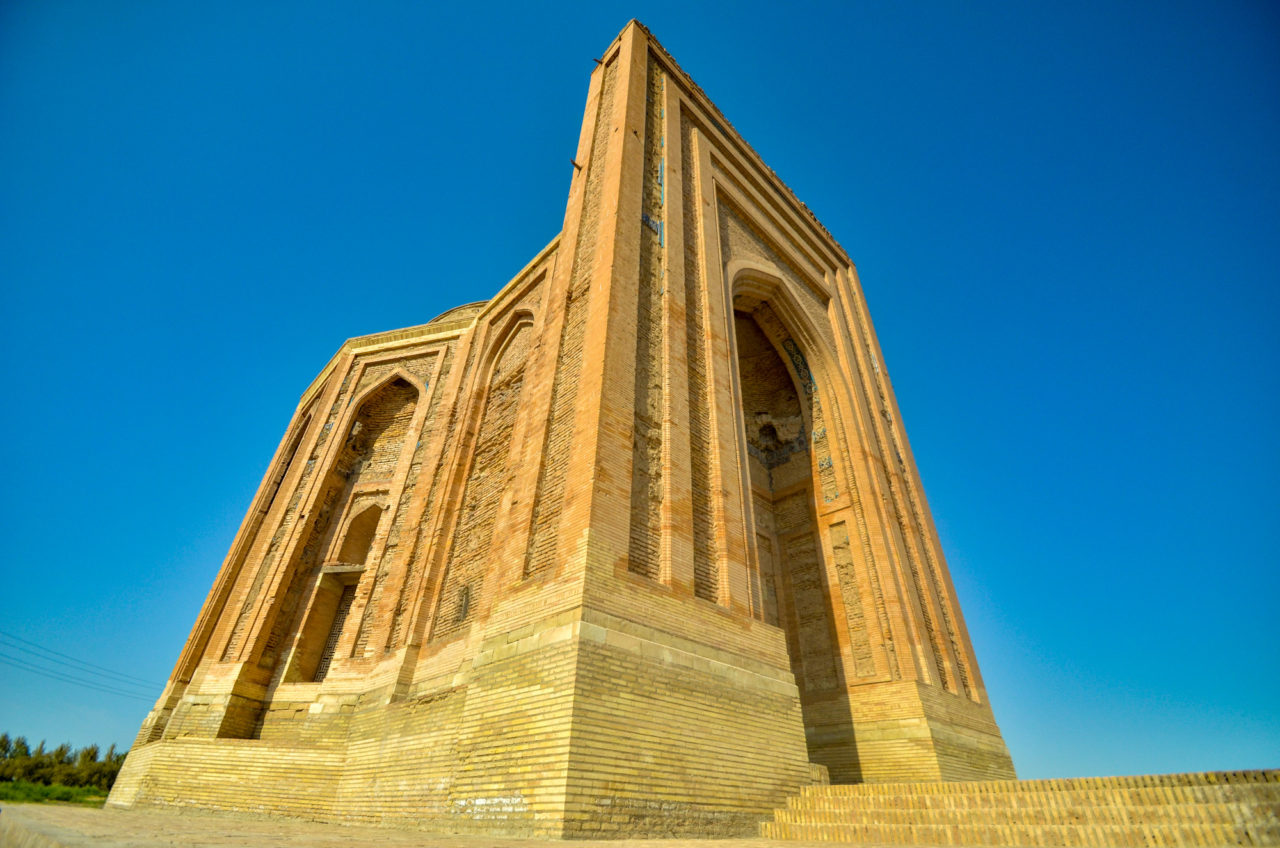
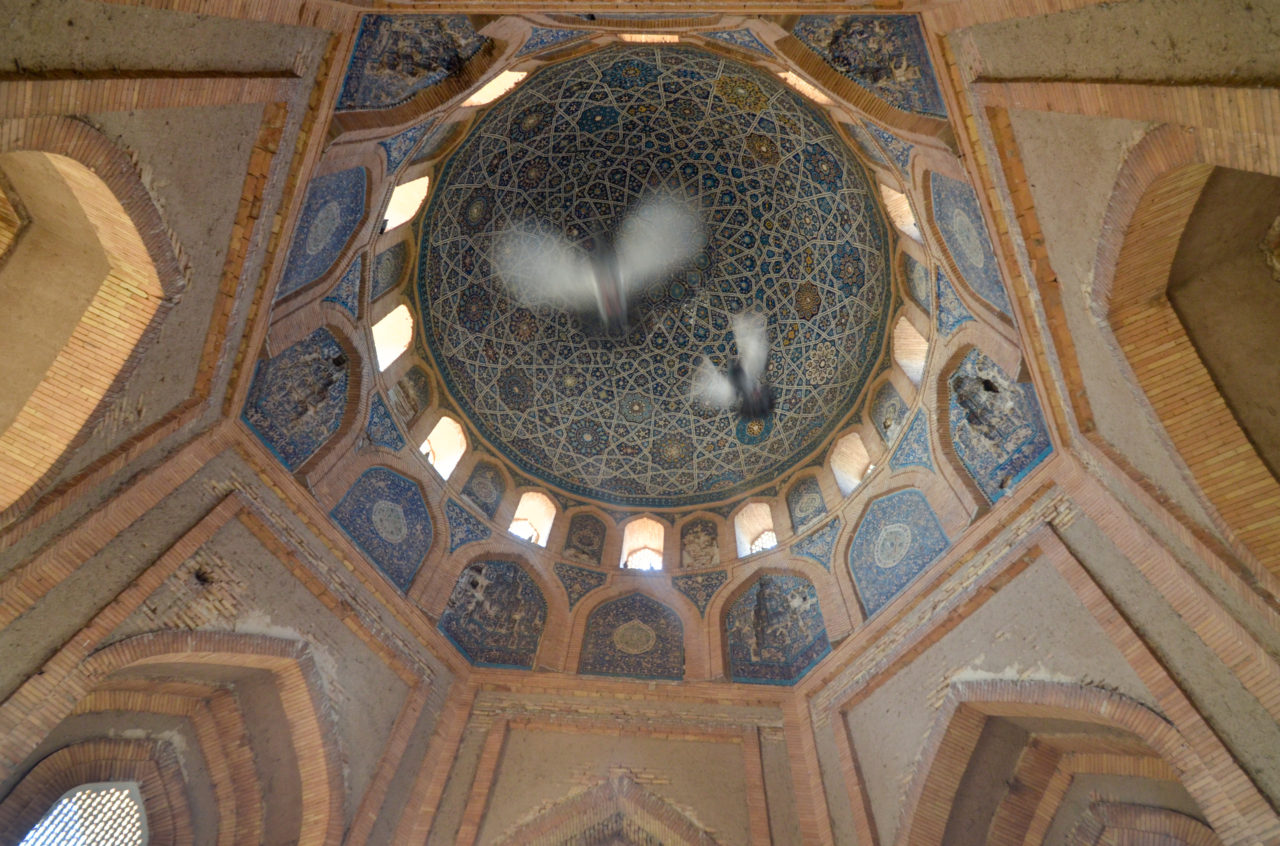
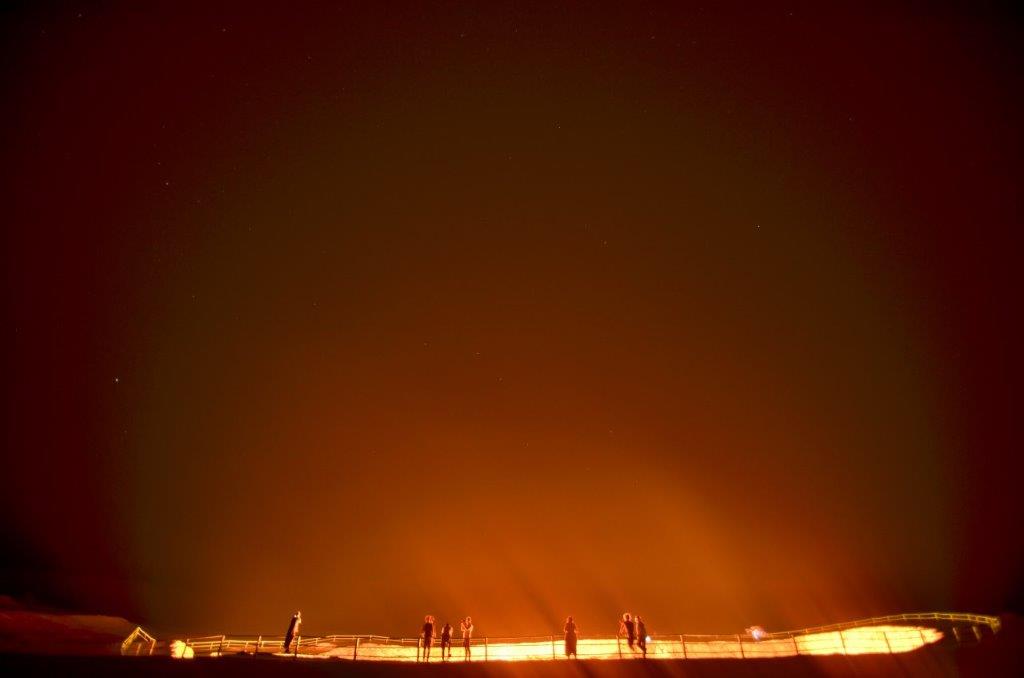
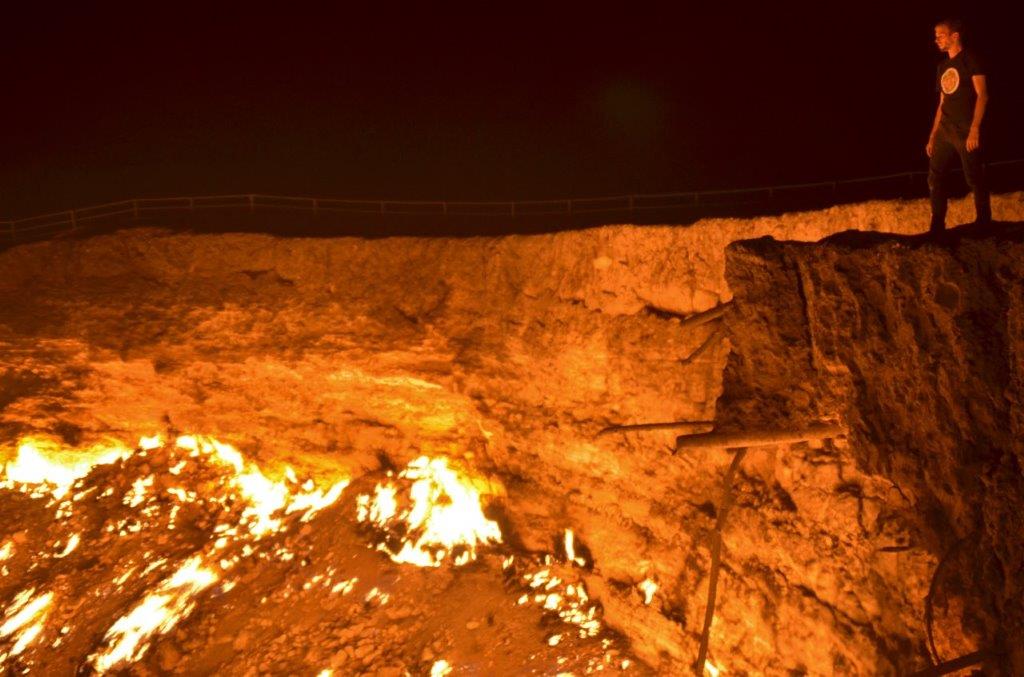
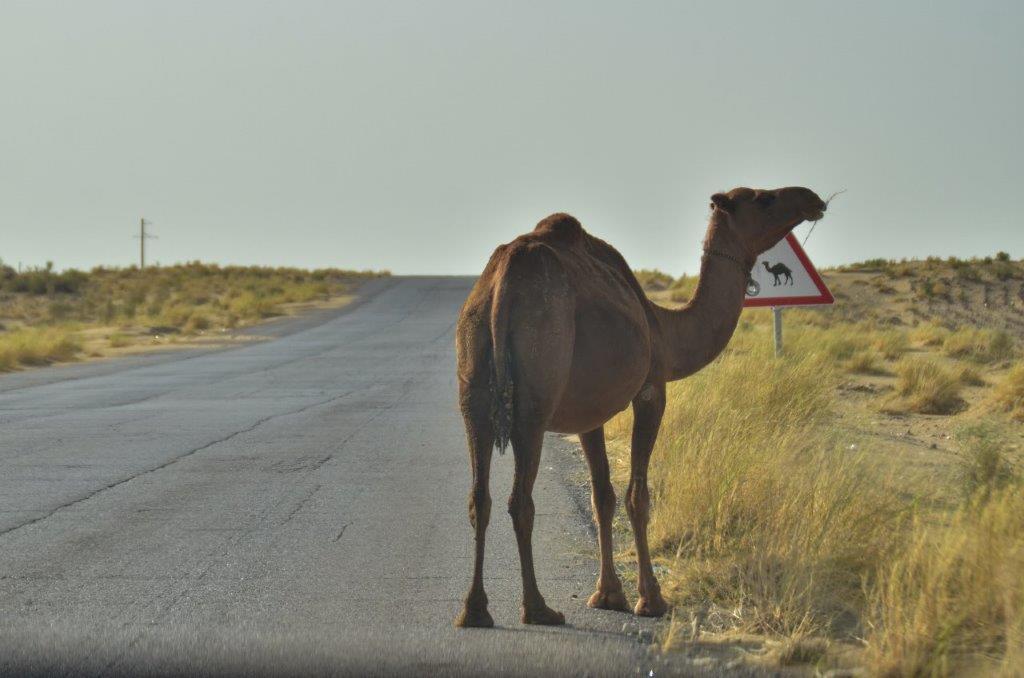
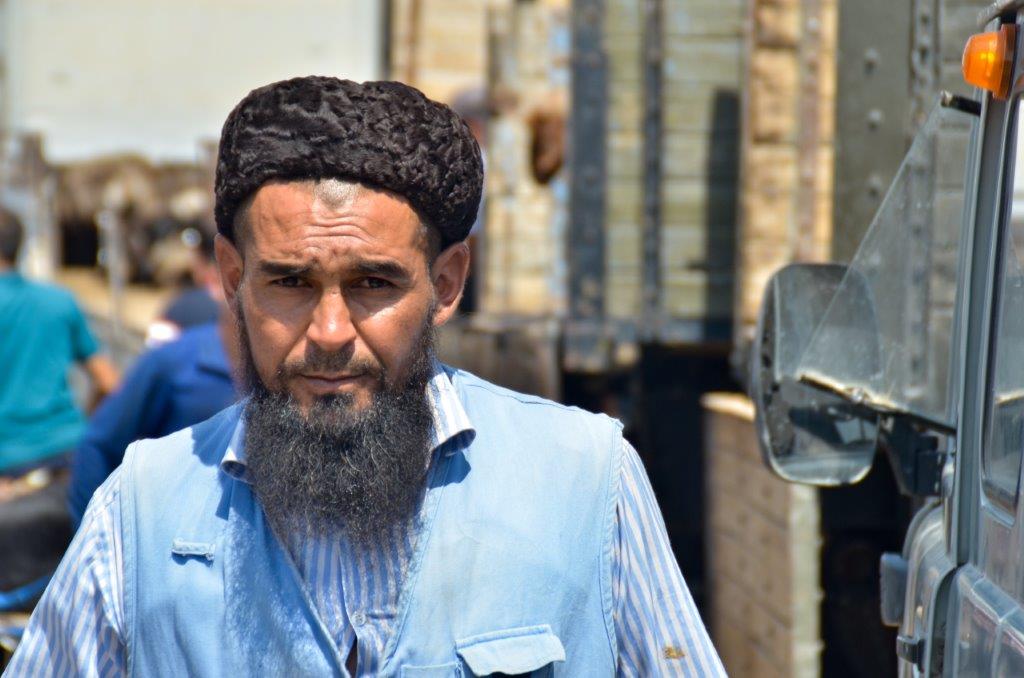
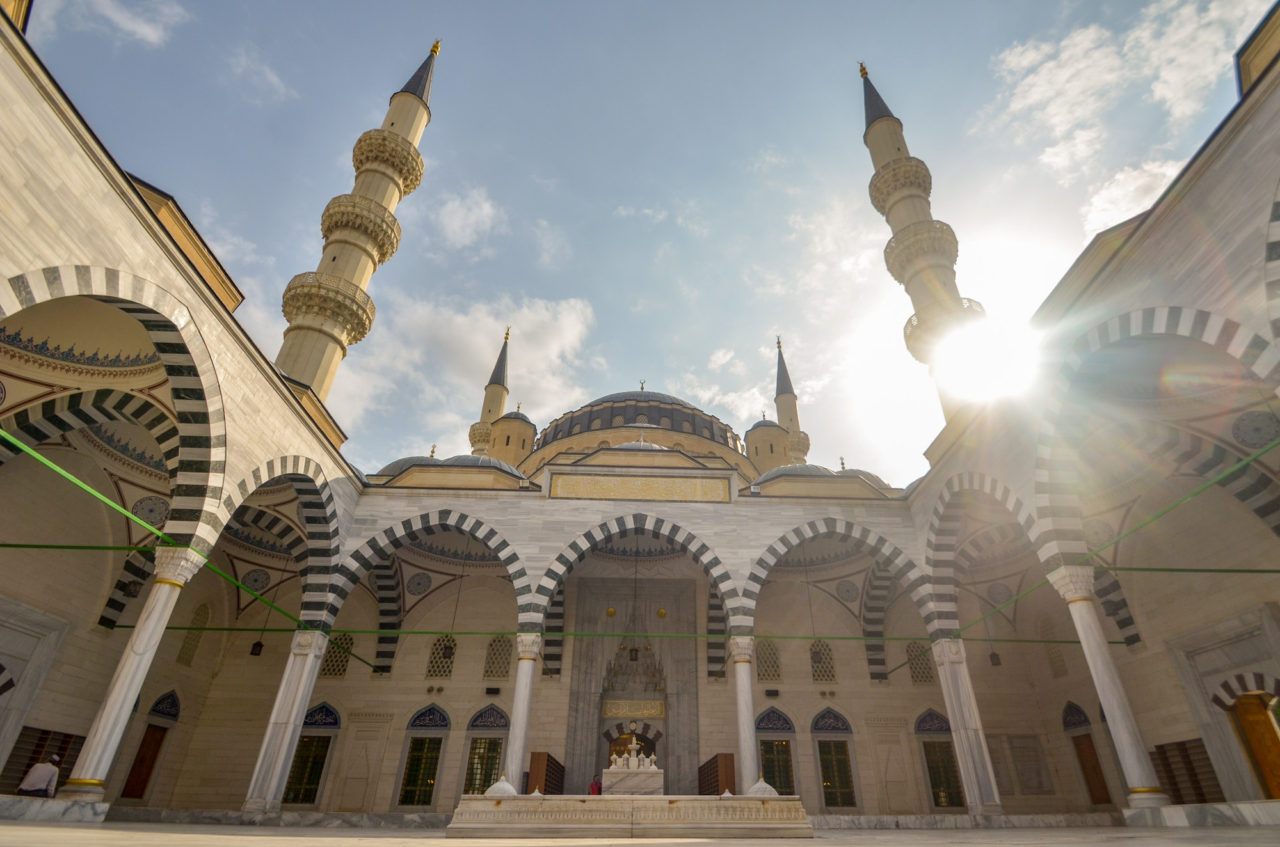
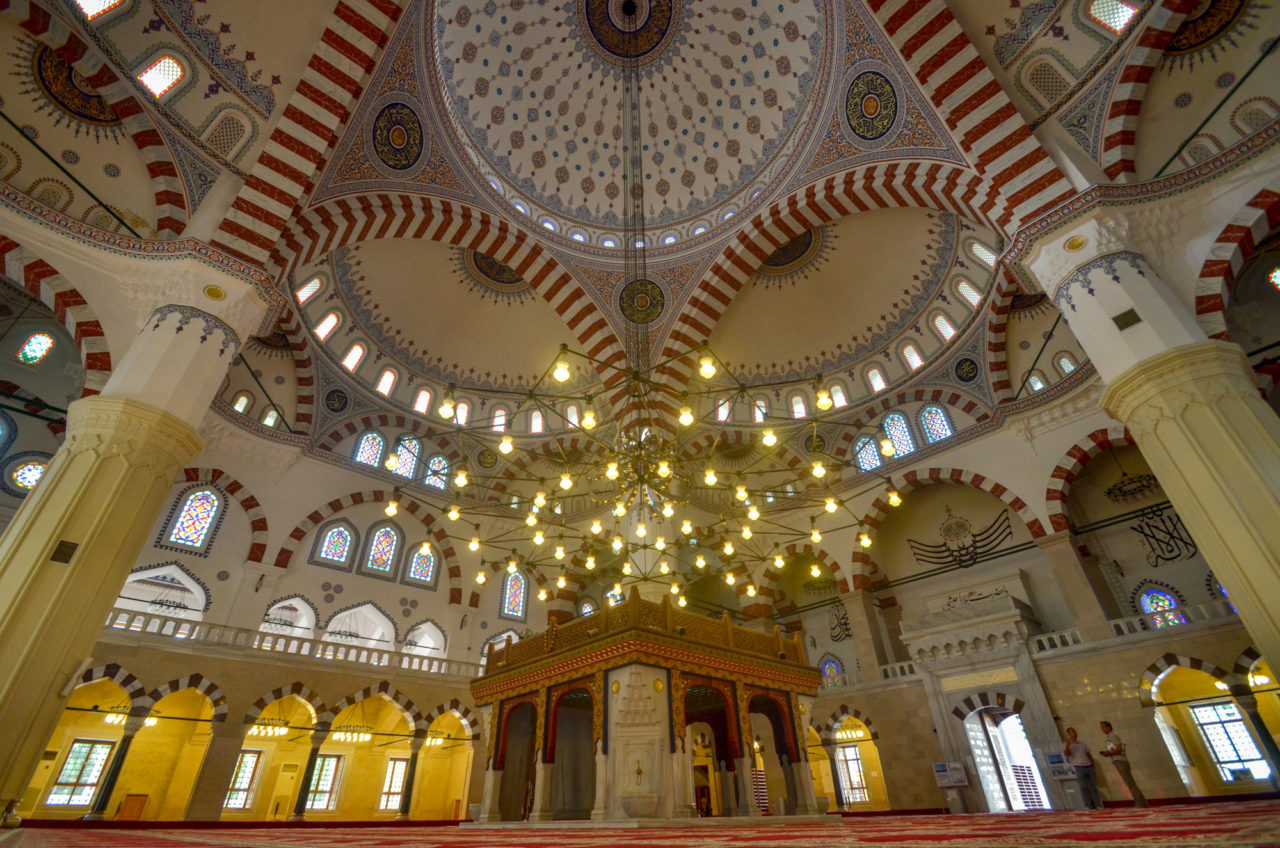
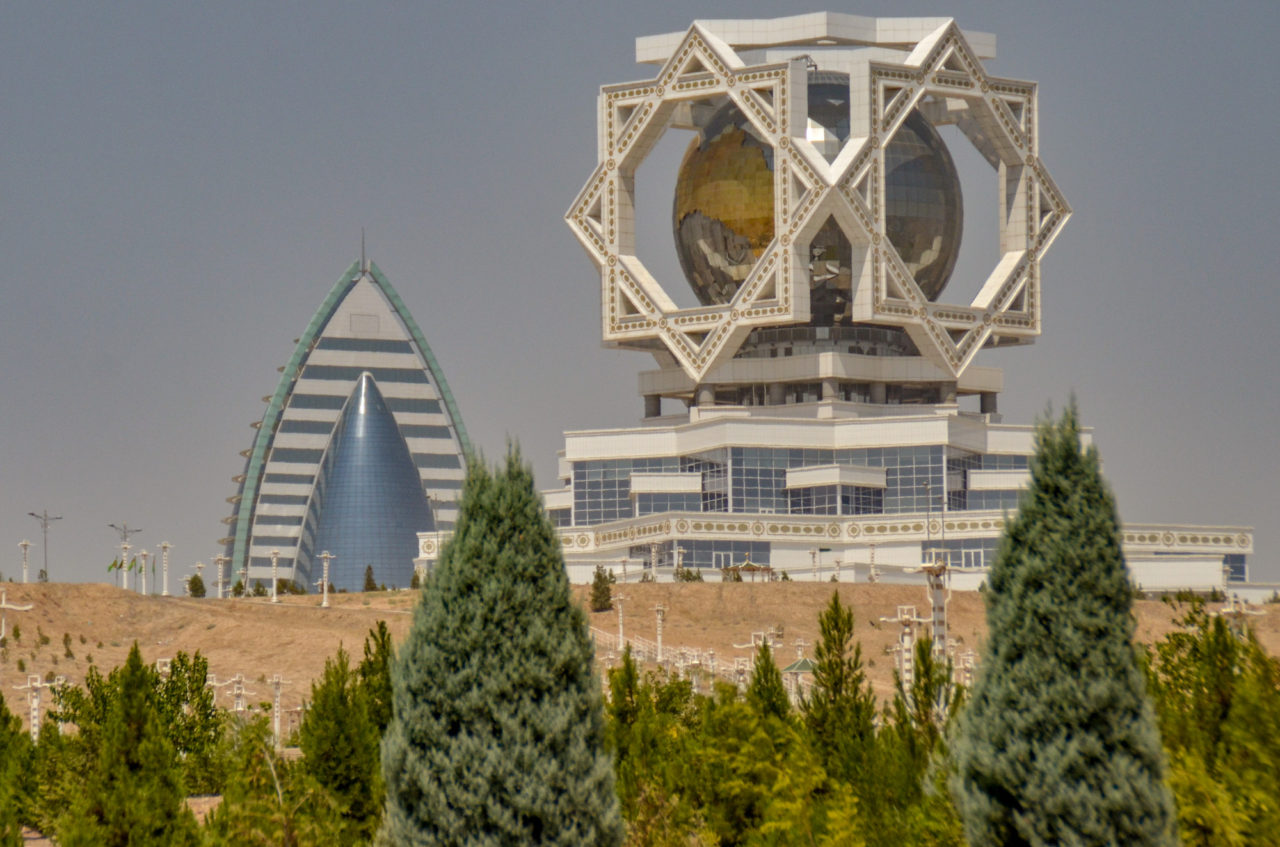
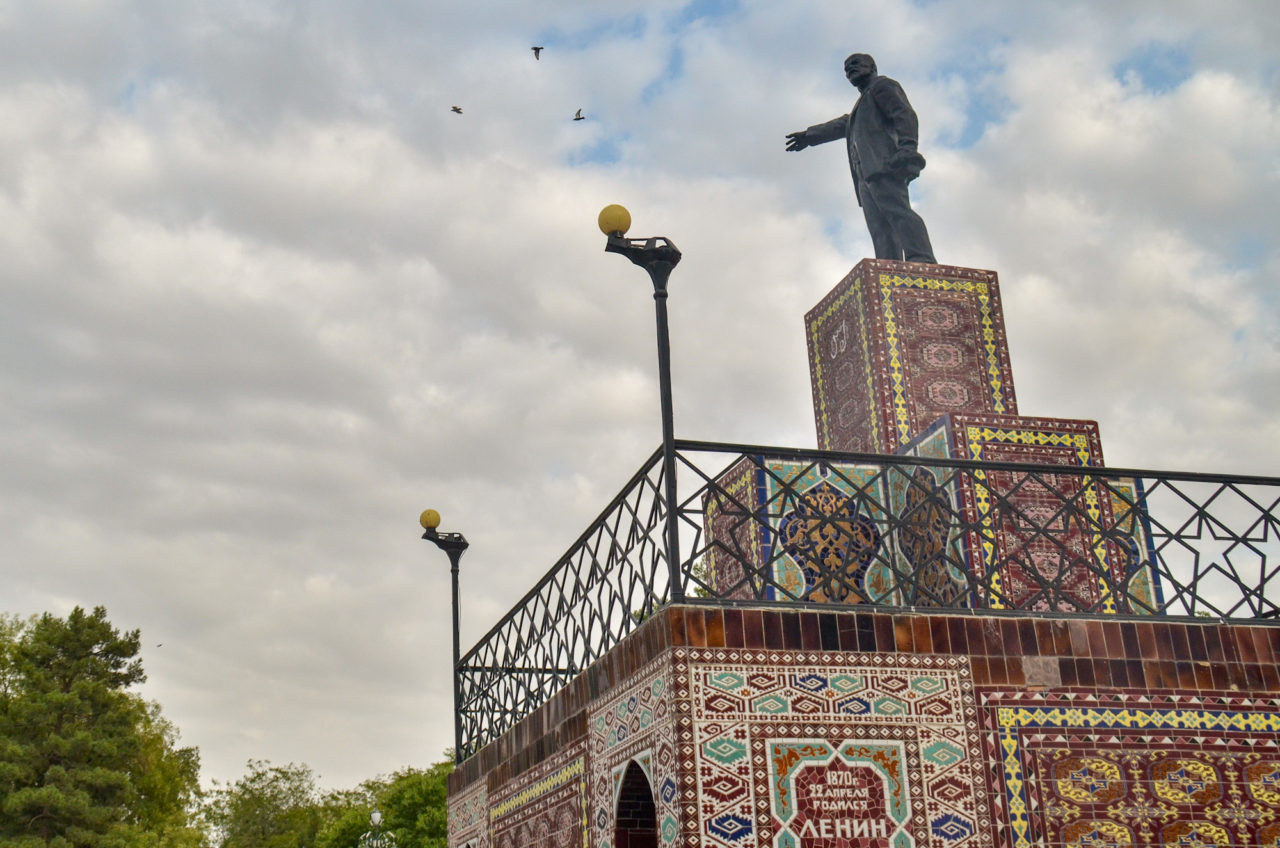
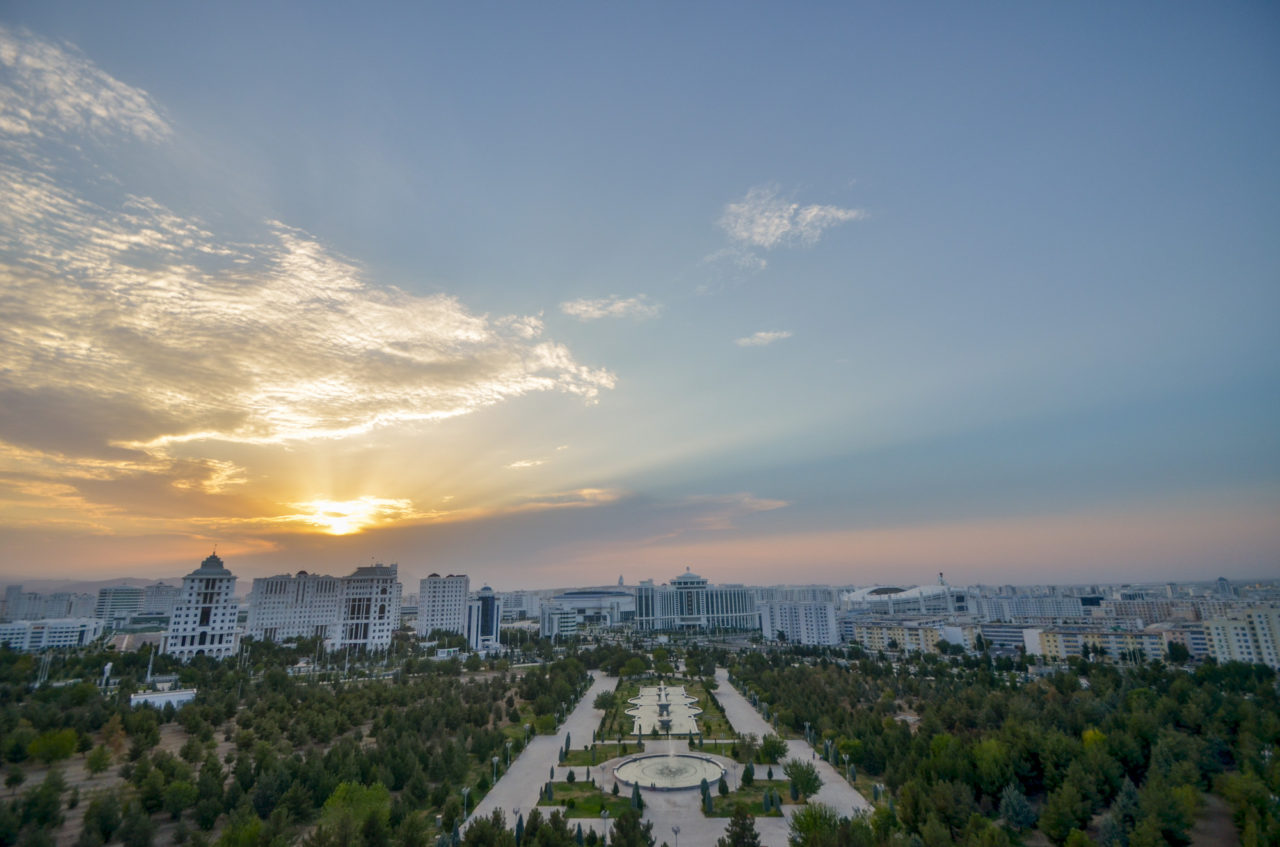
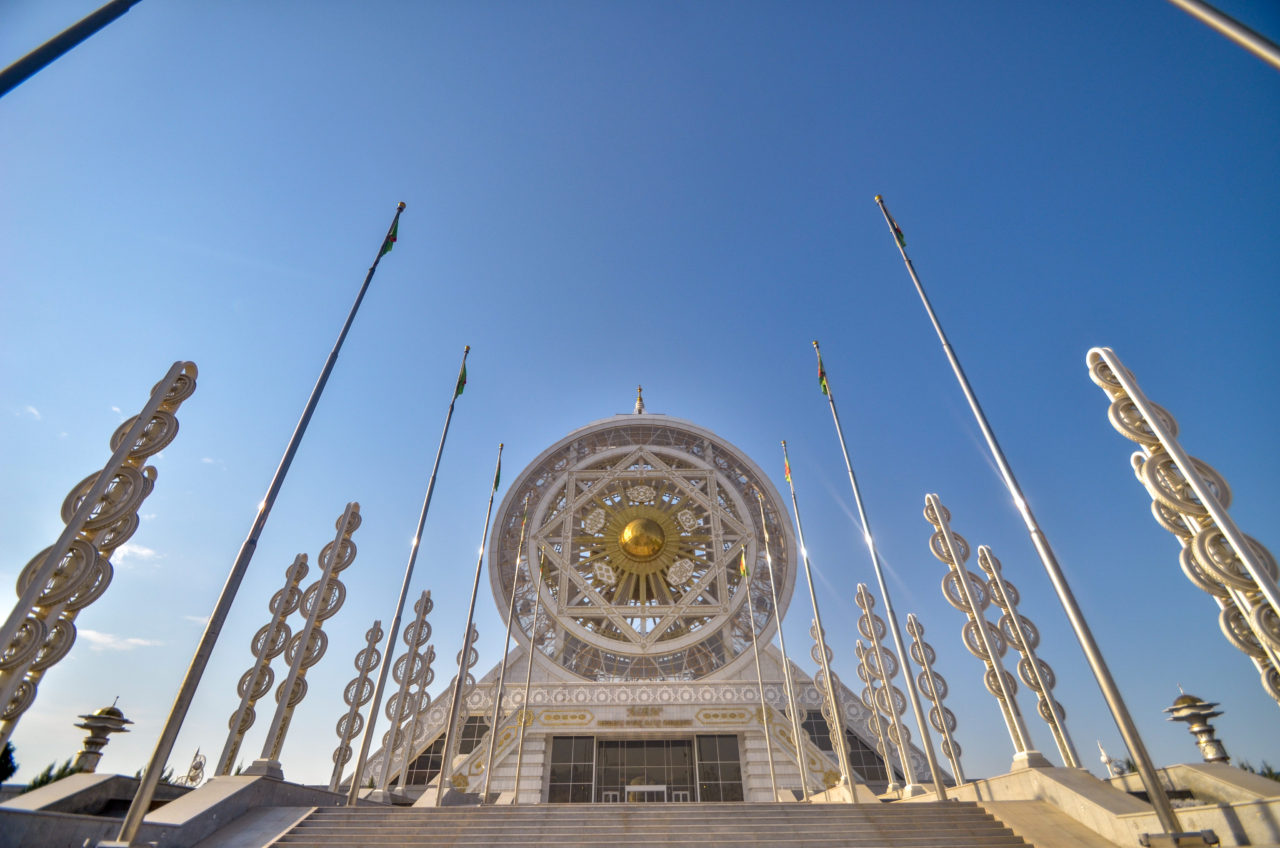
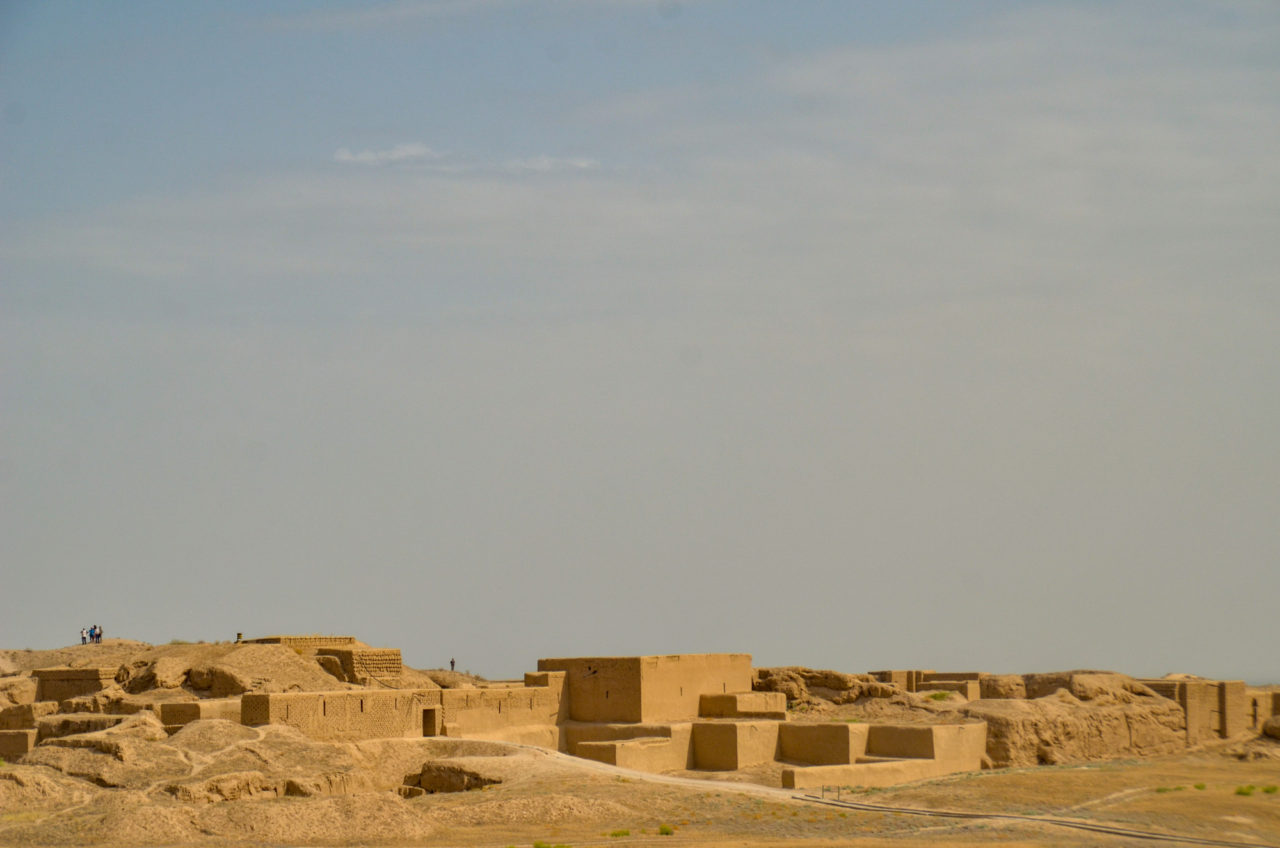
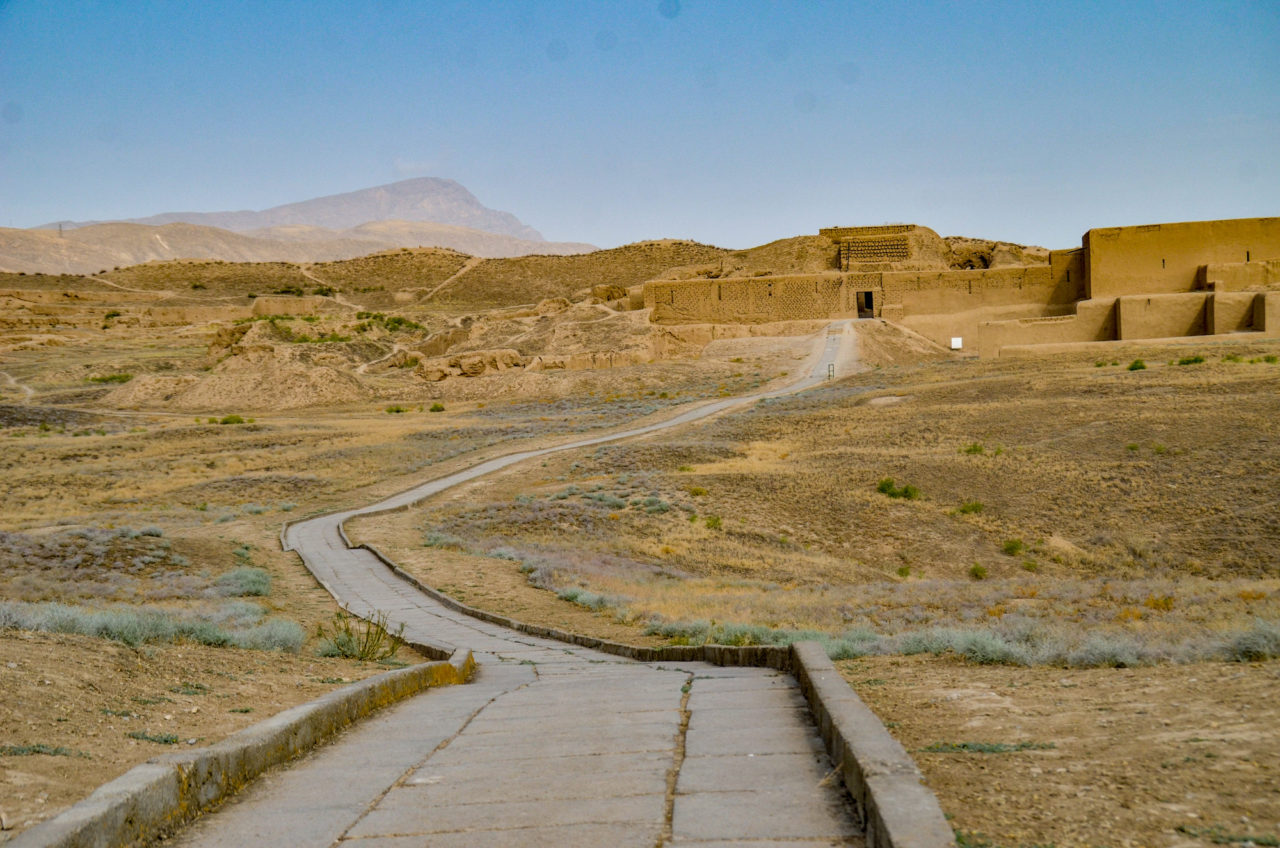
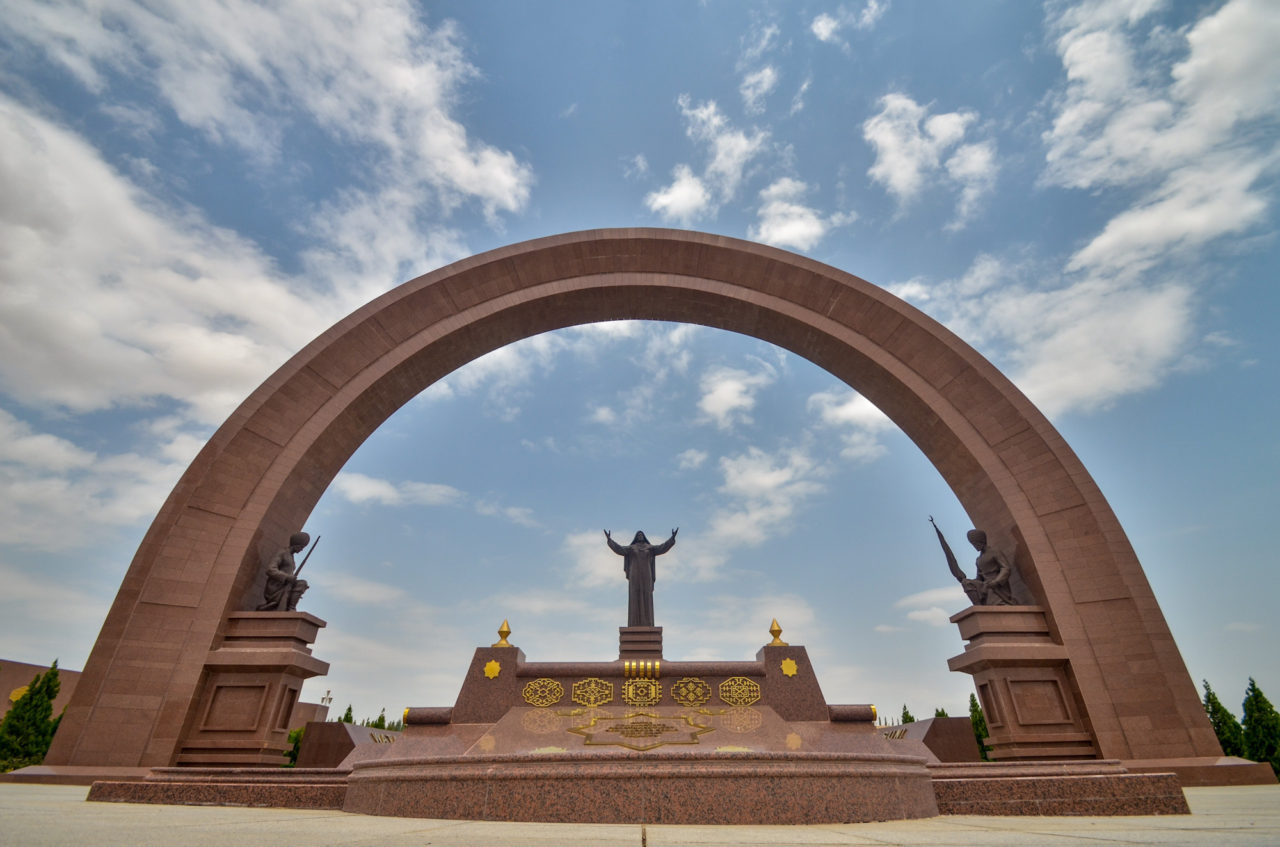
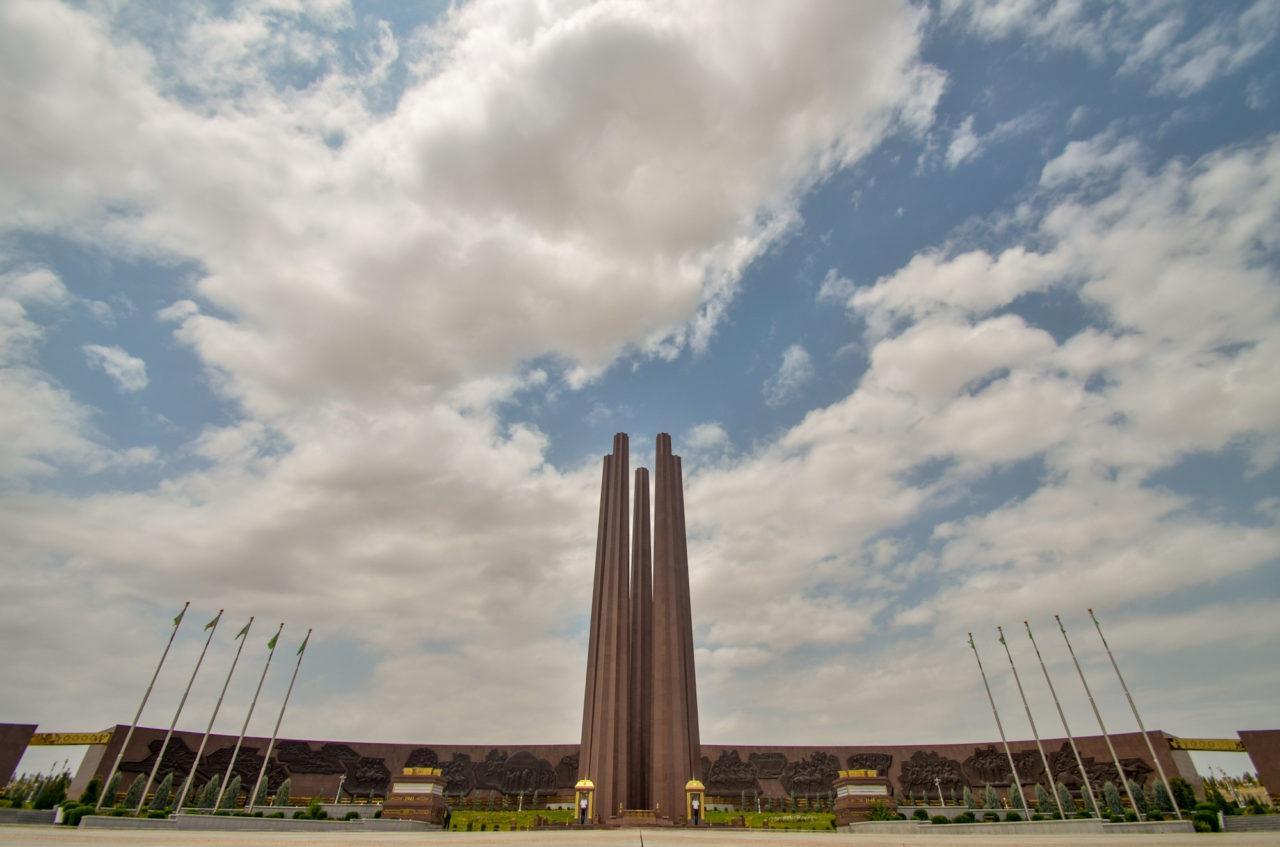
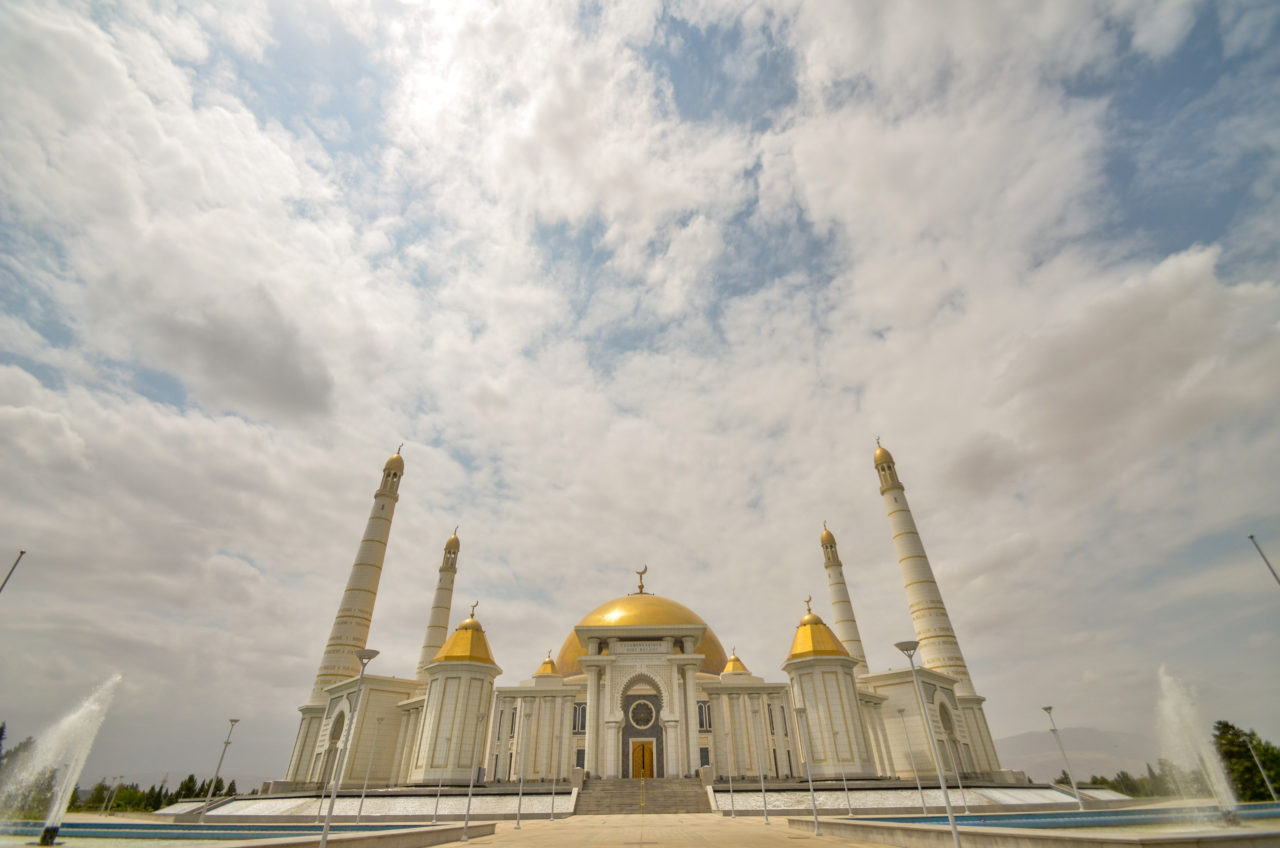
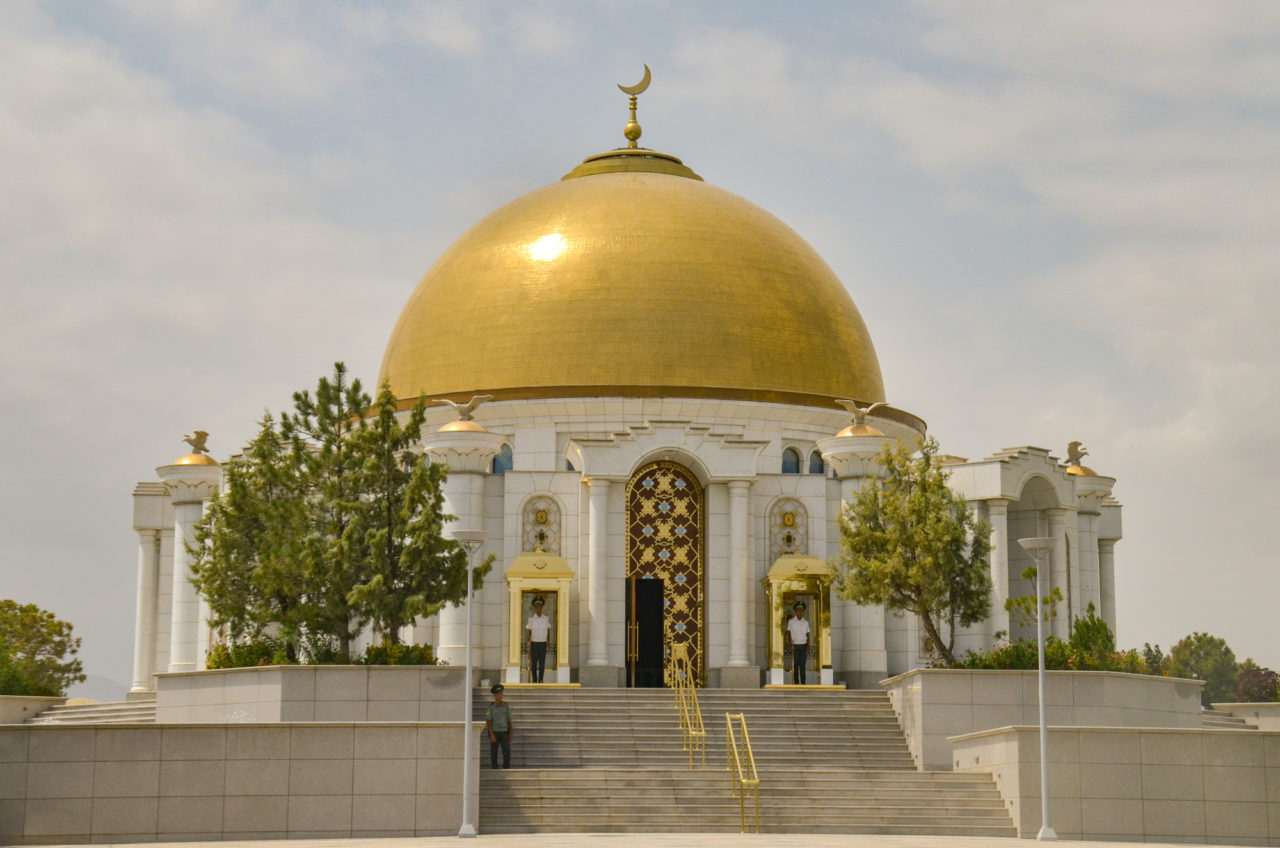
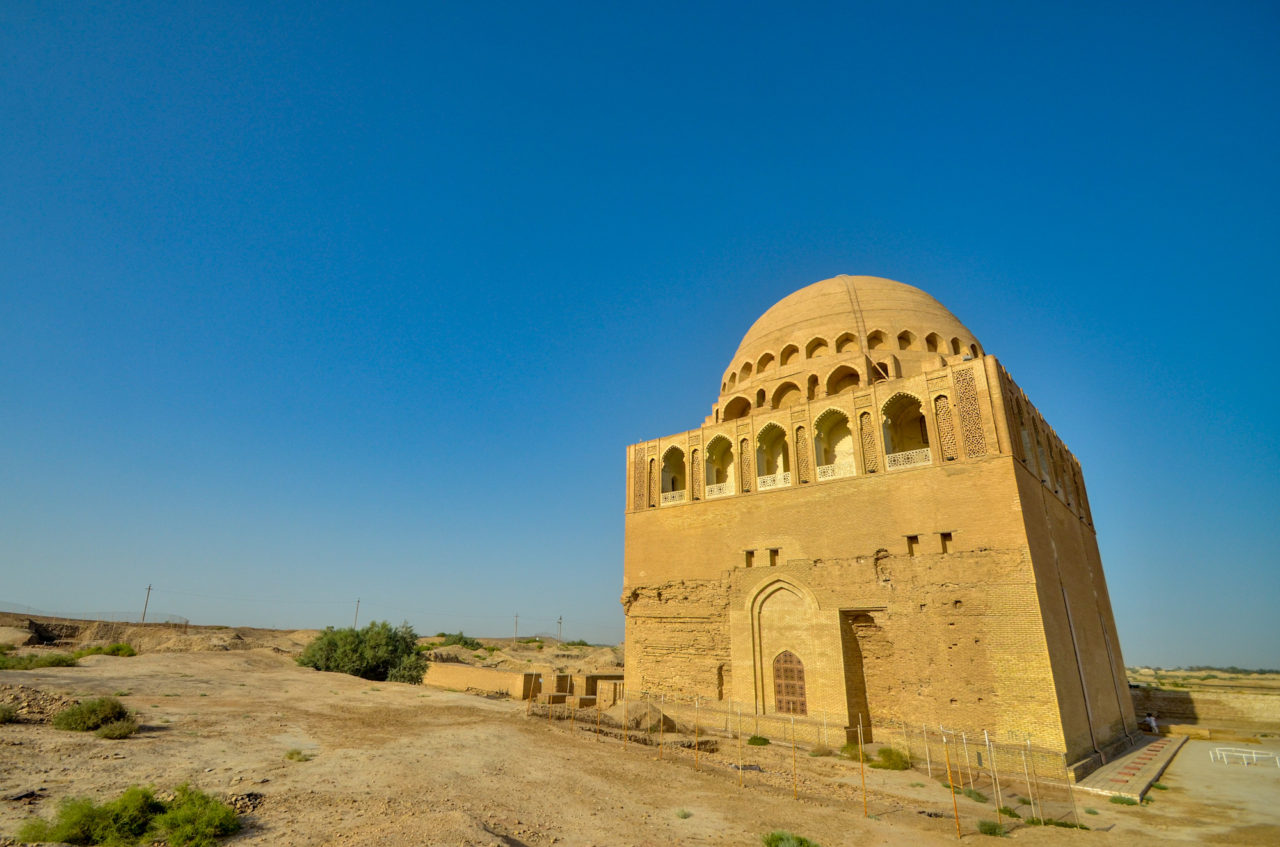
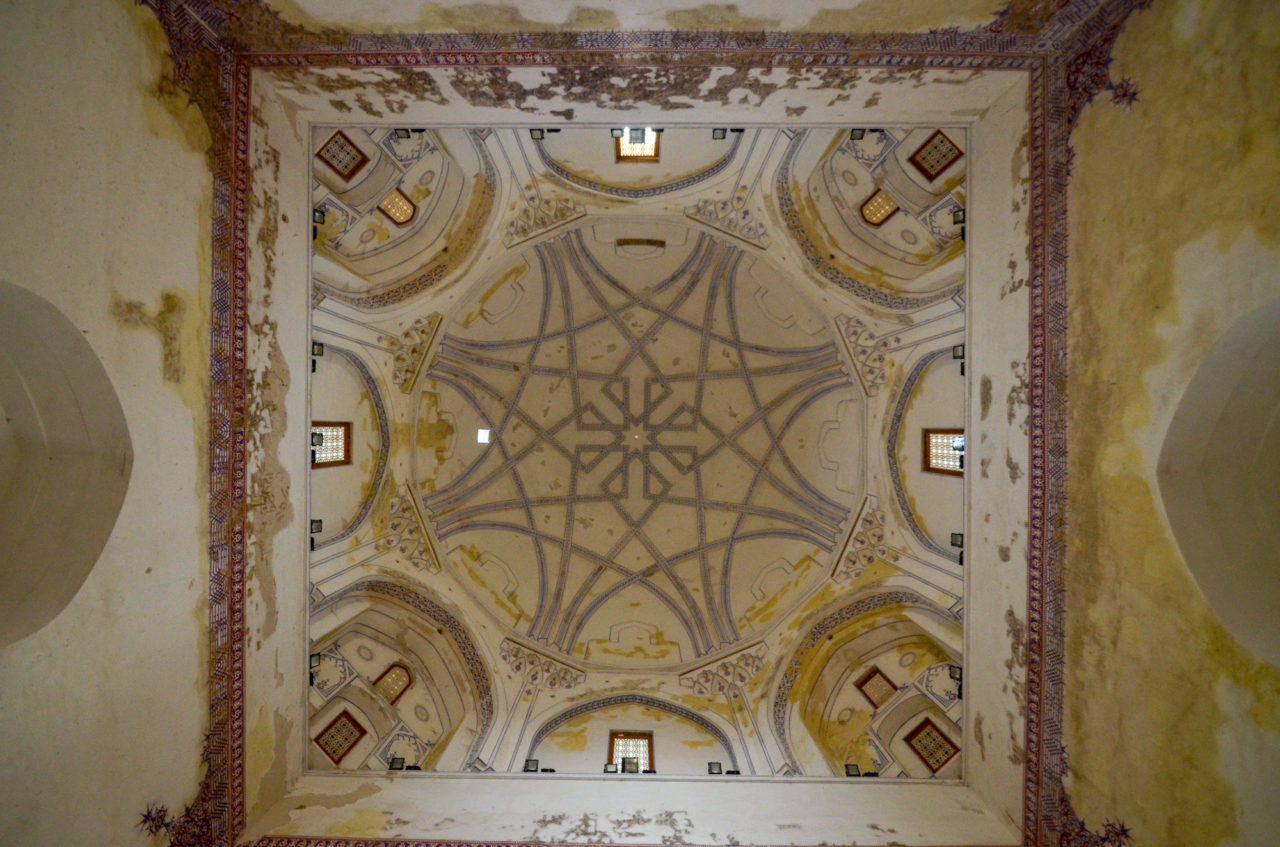
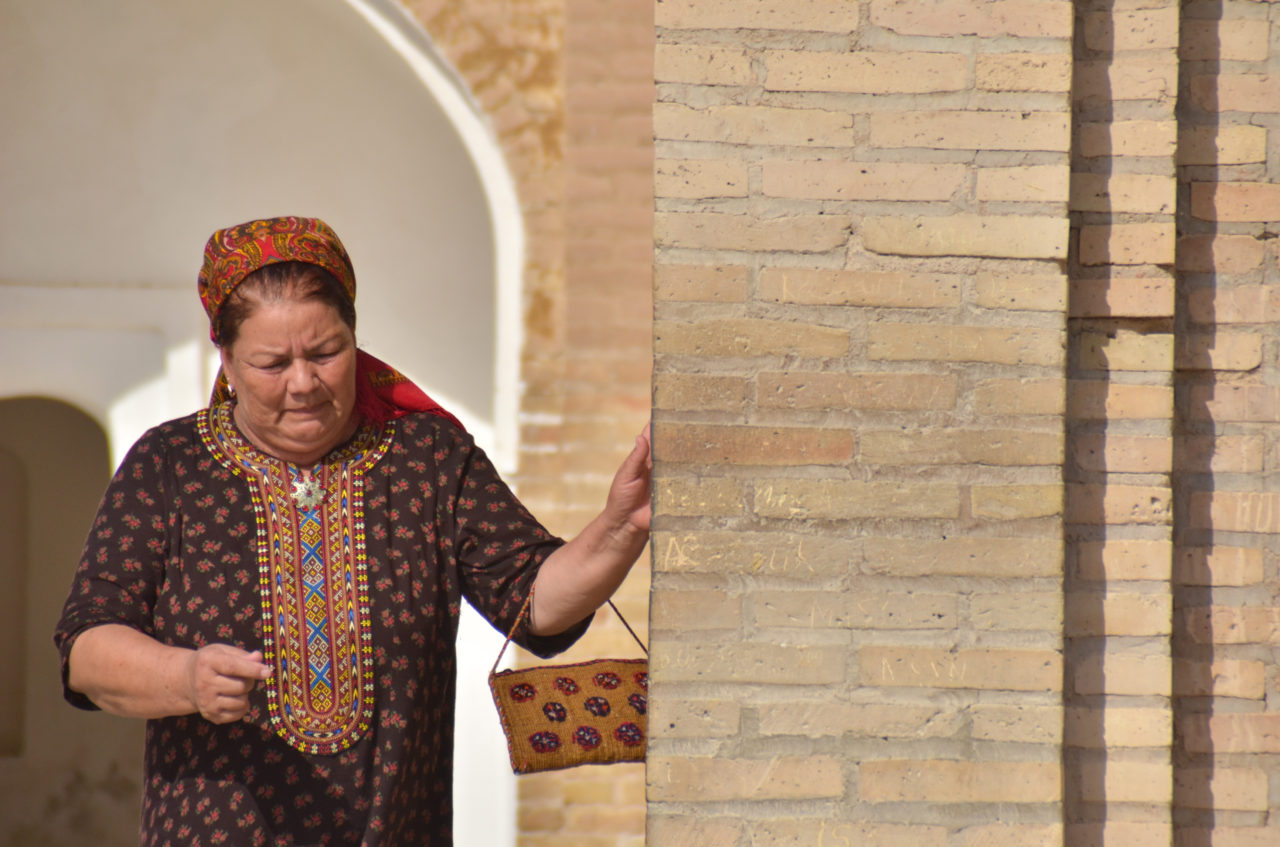
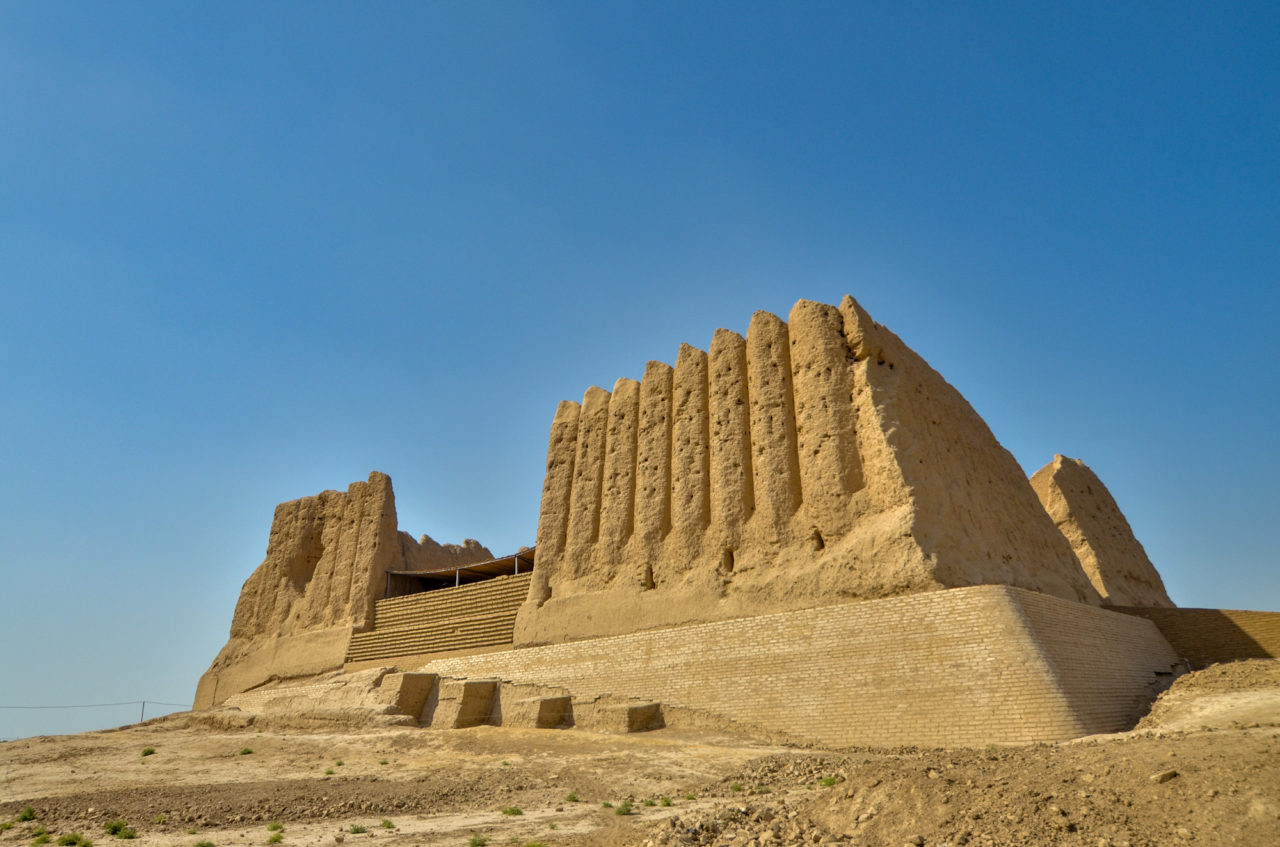
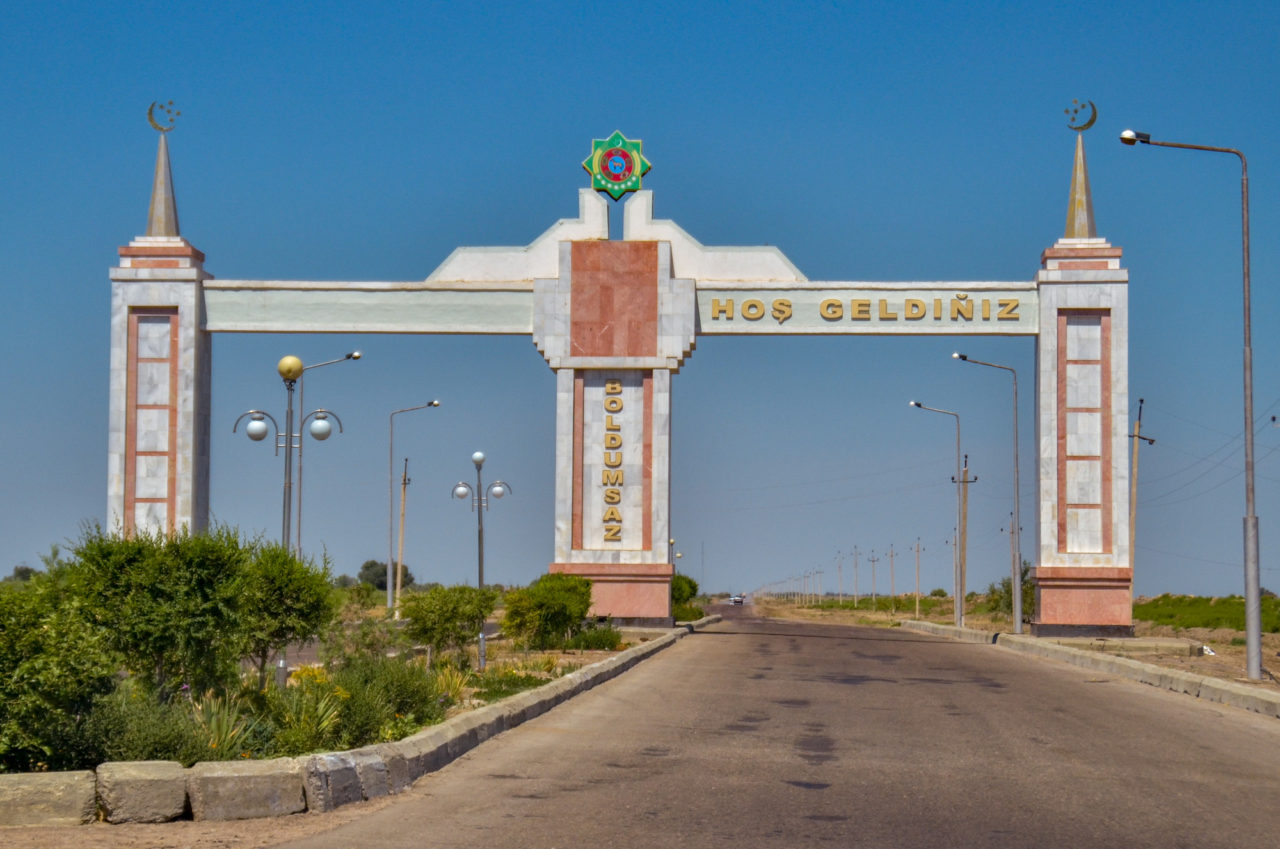
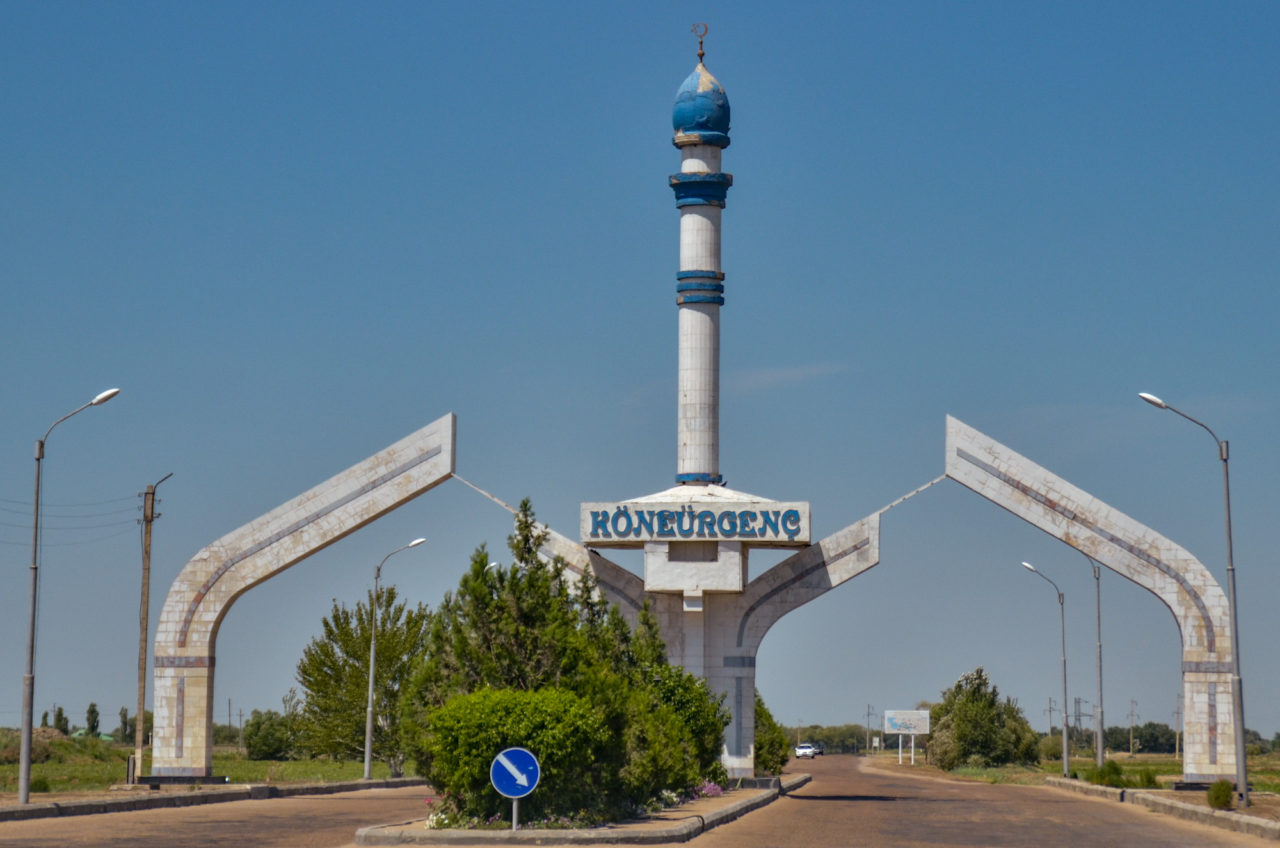
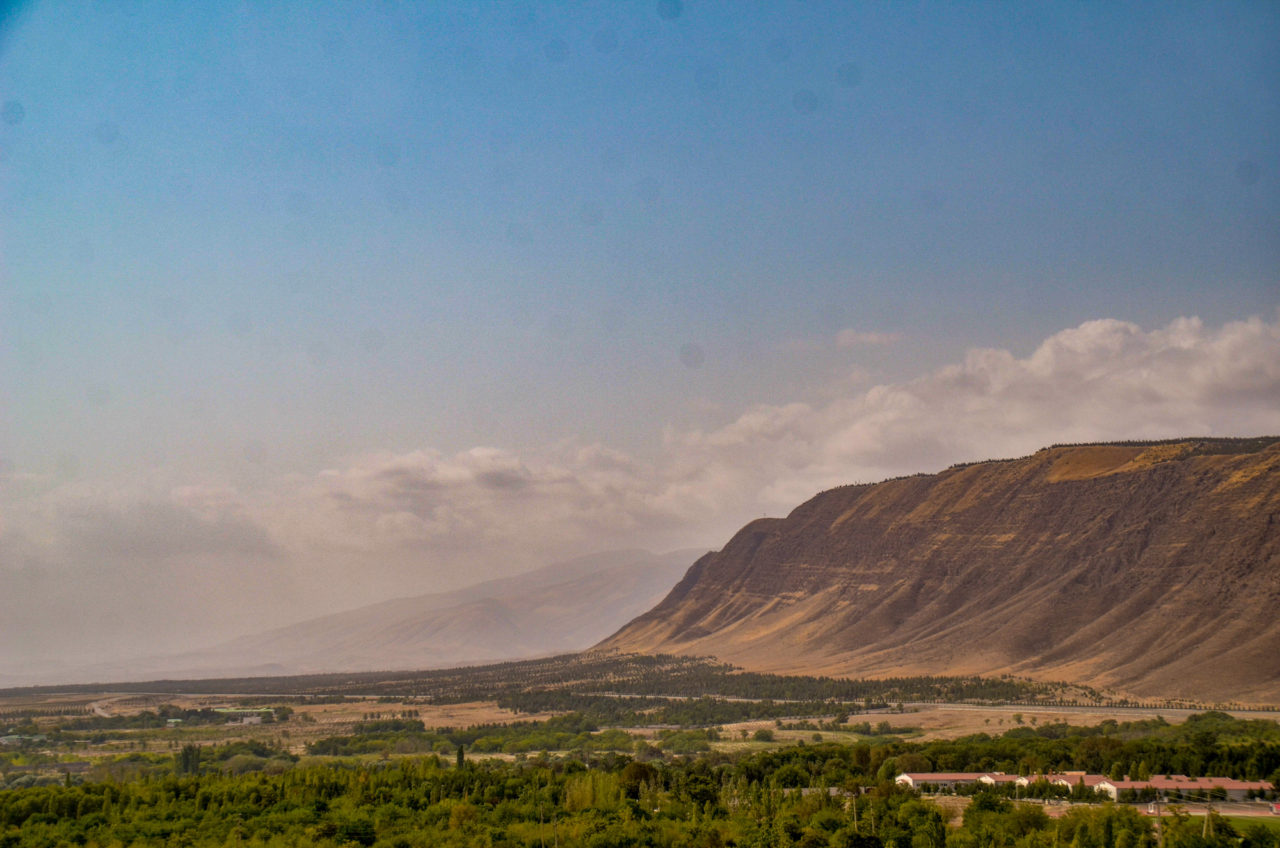
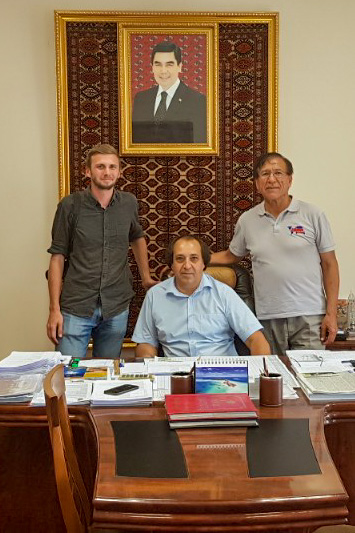
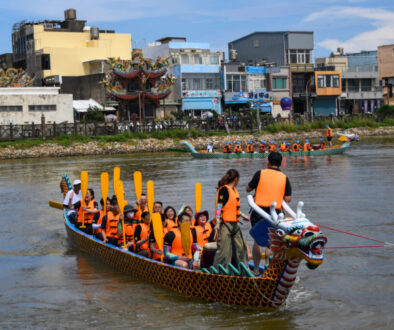
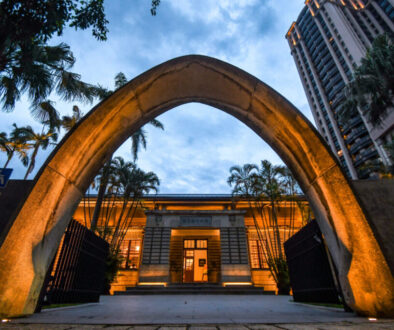
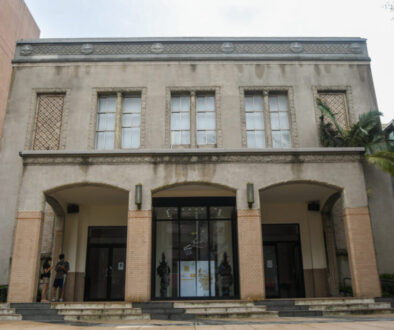


The Pamir Highway on Public Transportation - ORPHANED NATION
September 11, 2019 @ 1:17 pm
[…] Traveling to Turkmenistan is not easy. Read on how to travel to this secretive country here! […]